Act Two for Tot Hill Farm
Act Two for Tot Hill Farm
By Lee Pace
If Mike Strantz hadn’t died from tongue cancer in 2005 at the young age of 50, would he ever have made it to Pinehurst proper to design a golf course?
We’ll never know, of course, but at least 25 percent of his remarkable but all too limited design portfolio was built within 45 miles of the Village of Pinehurst.
Twenty-five miles to the northeast is Tobacco Road in Sanford, which opened in 1998 with craggy edges, blind shots and dramatic ups and downs whittled from the site of an old sand quarry.
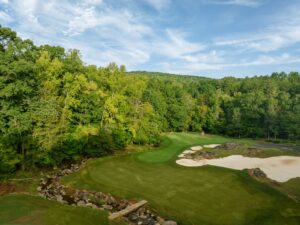 And 45 miles to the northwest is Tot Hill Farm, which opened in 2000 on a rocky site in the Uwharrie Mountains near Asheboro with an ever-present creek running through the course and an 1800s farmhouse converted into a clubhouse and golf shop. The course in the last year has undergone an ownership change and reopened in September following a significant operations and agronomic overhaul.
And 45 miles to the northwest is Tot Hill Farm, which opened in 2000 on a rocky site in the Uwharrie Mountains near Asheboro with an ever-present creek running through the course and an 1800s farmhouse converted into a clubhouse and golf shop. The course in the last year has undergone an ownership change and reopened in September following a significant operations and agronomic overhaul.
Tobacco Road and Tot Hill provide the golf package community of the Sandhills two options for Strantz courses to add to offerings of Donald Ross, the Maples family, Tom Fazio, Rees Jones, Jack Nicklaus, Arnold Palmer and Gil Hanse, among others. Tobacco Road and Tot Hill are ideal options for golfers traveling from points west, north and east — they are challenging and entertaining venues to launch a Sandhills golf excursion or catch on the way out of town.
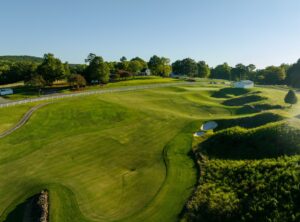 “I have always been fascinated with Mike Strantz’s work and how he went about designing a course — he actually set up shop and lived on-site for every job he did,” says Pat Barber, who owns two courses in the Charleston area and bought Tot Hill in December 2022. “I’ve always enjoyed a good renovation, whether it’s an old house on the battery in Charleston or a golf course that has some potential. This is a special piece of property, has a unique story and is just one of a few very courses that Mike produced. All those things made it an appealing opportunity. We fell in love with the golf course, the land and the old farmhouse. The idea of bringing it back to life was exciting.”
“I have always been fascinated with Mike Strantz’s work and how he went about designing a course — he actually set up shop and lived on-site for every job he did,” says Pat Barber, who owns two courses in the Charleston area and bought Tot Hill in December 2022. “I’ve always enjoyed a good renovation, whether it’s an old house on the battery in Charleston or a golf course that has some potential. This is a special piece of property, has a unique story and is just one of a few very courses that Mike produced. All those things made it an appealing opportunity. We fell in love with the golf course, the land and the old farmhouse. The idea of bringing it back to life was exciting.”
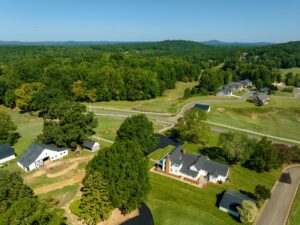 Tot Hill was built on part of a 400-acre parcel that had been in the family of Asheboro native Ogburn Yates since 1943, and the family lived there during the summers and Yates later raised cattle. In the 1990s, Yates said the family was faced with three options. One was to sell it, but “there were too many memories,” he says. Another was to let it sit idle. A third was to jump on the health of golf and residential markets and build a golf course and develop a neighborhood.
Tot Hill was built on part of a 400-acre parcel that had been in the family of Asheboro native Ogburn Yates since 1943, and the family lived there during the summers and Yates later raised cattle. In the 1990s, Yates said the family was faced with three options. One was to sell it, but “there were too many memories,” he says. Another was to let it sit idle. A third was to jump on the health of golf and residential markets and build a golf course and develop a neighborhood.
Yates owned a condominium at Pawleys Island on the South Carolina coast and through a church there made friends with Doc Lachicotte, a prominent area businessman who was a partner in the mid-1980s creation of the Wachesaw Plantation golf community in Murrells Inlet and the subsequent idea to build a daily-fee course on land along the Intracoastal Waterway used as a fishing club. Lachicotte hired Strantz to design what would become the highly decorated Caledonia Golf & Fish Club.
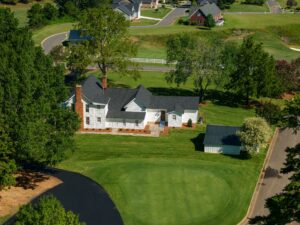 “I told Doc we were thinking of doing a golf course on an old family farm, and he said I should talk to Mike,” Yates says. “Doc said he’d bring Mike up here one weekend and let him look at the property. They got here and Mike said, ‘Let me walk around an hour or so.’ He came back and said, ‘You need to build a golf course here. This is a great piece of land.’”
“I told Doc we were thinking of doing a golf course on an old family farm, and he said I should talk to Mike,” Yates says. “Doc said he’d bring Mike up here one weekend and let him look at the property. They got here and Mike said, ‘Let me walk around an hour or so.’ He came back and said, ‘You need to build a golf course here. This is a great piece of land.’”
Strantz lived in the farmhouse for 18 months while drawing sketches of the holes during the evenings and wandering the property by horseback and jumping on earth-moving machines during the day. The course opened in May 2000 and golfers from the beginning were wowed by the tee area of the par-3 third hole cobbled amidst enormous rock outcroppings; the teardrop shaped green of the fifth hole set in another rocky and sandy setting; the “cave” built under the ground connecting the 10th and 12th greens; and the waterfall cascading down from behind the 15th green.
 “The piece of property is tremendous,” Strantz said. “I was brought in pretty much as a consultant at the beginning by Ogburn. We walked out on the property and looked at a few places. It kept getting better and better. I got across the road and I kept hearing this sound. I had to go see what it was. It was a waterfall and some big rock. I said, ‘Ogburn, you gotta do it.’ There was no question in my mind at that point.”
“The piece of property is tremendous,” Strantz said. “I was brought in pretty much as a consultant at the beginning by Ogburn. We walked out on the property and looked at a few places. It kept getting better and better. I got across the road and I kept hearing this sound. I had to go see what it was. It was a waterfall and some big rock. I said, ‘Ogburn, you gotta do it.’ There was no question in my mind at that point.”
Tot Hill has survived two recessions, the occasional flood like the one in 2003 where Betty McGee’s Creek washed out one green entirely and parts of two others and the always evolving golf economy. By 2018, Yates and his partners were getting along in age and thought it time to find a buyer who would continue the Tot Hill vision. They met with a half dozen potential buyers before reaching a comfort level with Barber, who has been in the golf business for more than 20 years with Stono Ferry Golf Club and the Plantation Course at Edisto, both in the Charleston area.
The course closed in May 2023 and reopened on Labor Day. All of the greens and bunkers were rebuilt, some drainage issues addressed, many of the cart paths resurfaced and vast swaths of trees culled out to improve sunlight and airflow. The motor operating the waterfall on No. 15 was replaced and the farmhouse restored for golf operations, a snack bar and a room dedicated to Strantz memorabilia.
“With the exception of one lake on the 12th hole, you can always find your ball and go play it,” Strantz said. “You may not like where it’s at, but at least you can find it and get to it.”
“‘Sensory overload’ is a phrase you hear often where Strantz courses are concerned,” says Greg Wood, the club director of operations. “Mike was at the height of his career when he was here, just coming off the accolades for Tobacco Road and before he did Bulls Bay.”
Wood points to some of the drawings from Strantz’s pen that are hanging on the clubhouse walls and marvels at how closely the finished construction matched the illustrations. Also displayed are several sketches of potential logos for the club that Strantz drew, the eventual one featuring a horseshoe surrounding an animal skull and horns. When the new owners took over, they modified the logo in a rebranding effort using another Strantz option.
“The exciting part is that Strantz the artist gave us several options to use,” Wood says.
Mike Strantz the artist and Mike Strantz the golf architect — they are one in the same and on full display in today’s Sandhills golf landscape.
Read more about Mike Strantz, An Artist in the Dirt.
Chapel Hill-based writer Lee Pace has been writing about golf in North Carolina and the Sandhills for four decades. His latest book is “Good Walks—Rediscovering the Soul of Golf at Eighteen Top Carolinas Courses,” available from UNC Press.
Other Blogs
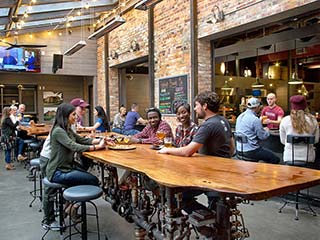
10 Great Things To Do
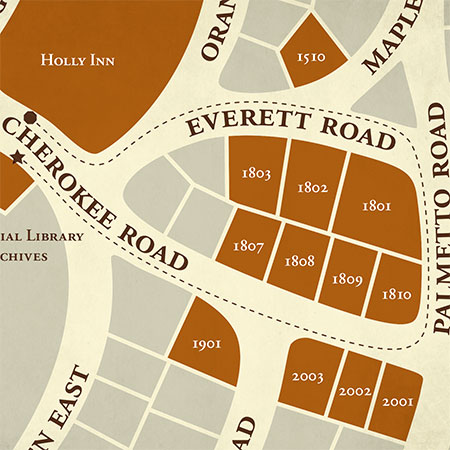
Discover The Path To Pinehurst’s Past

Insider Golf Tips

Unique Wedding Venues

North Carolina Couples Vacation
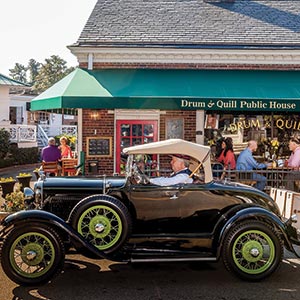
Our Favorite 19th Holes in the Home of American Golf

Girlfriend Getaways

Tobacco Road: A Truly Unique Golf Adventure
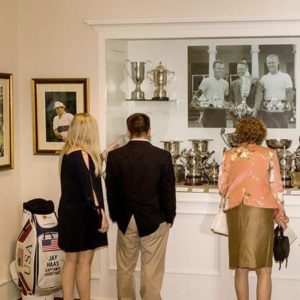
Carolinas Golf Association Hall of History

Where the Ladies Golf
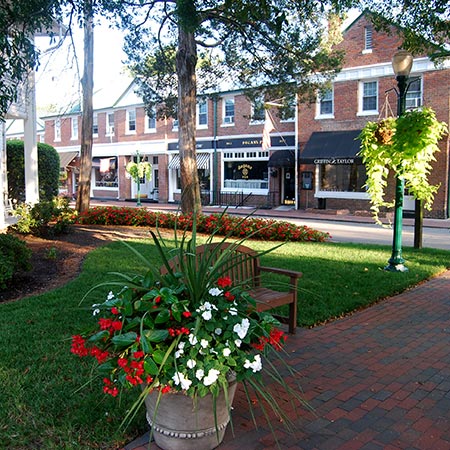
Romancing Pinehurst
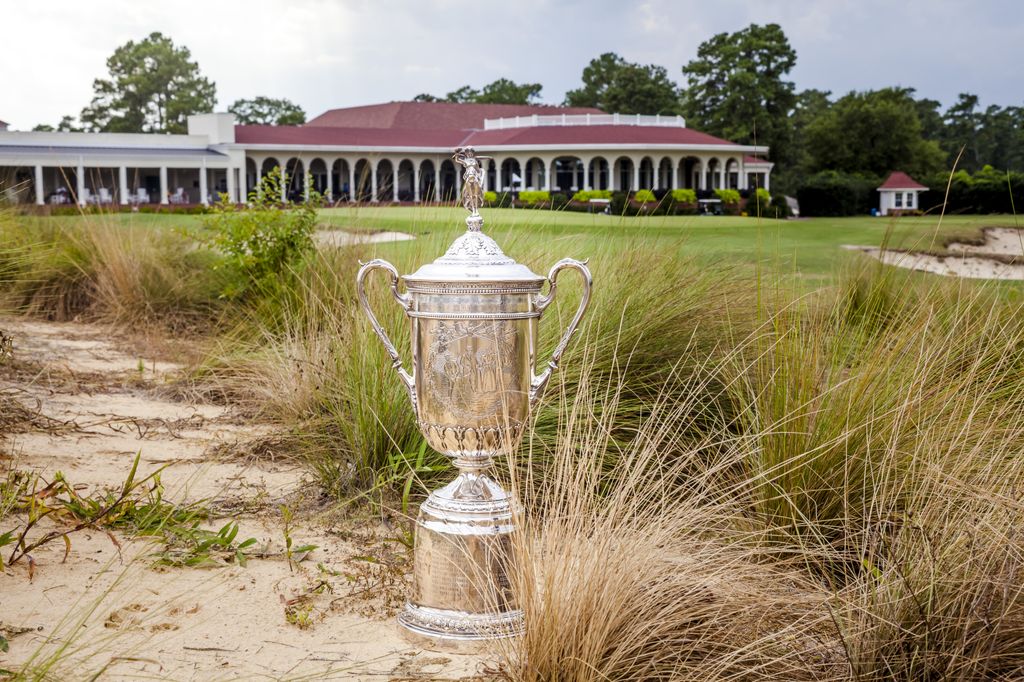
Home of American Golf and U.S. Open Connections
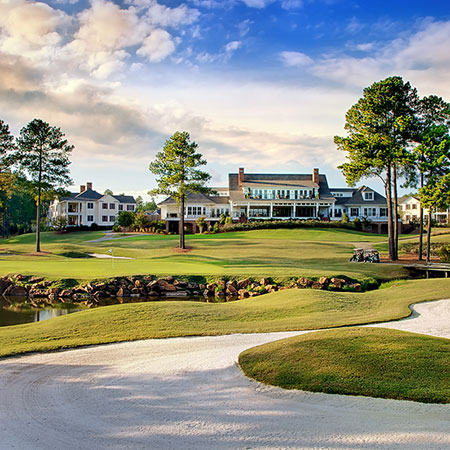
Former U.S. Open Champions Provide Pinehurst Area Some of Its Finest Designs

Donald Ross First of Many Architects to Design U.S. Open-Quality Courses in Sandhills
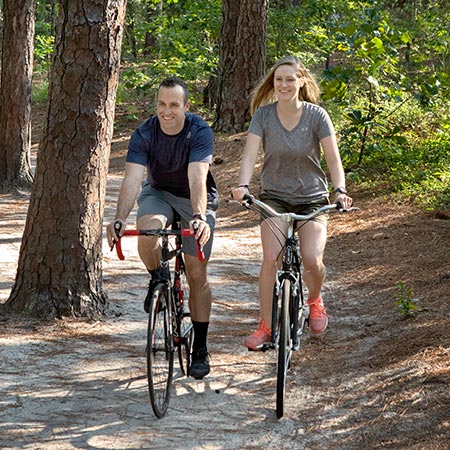
Sandhills Offers Outstanding Variety of Outdoor Activities
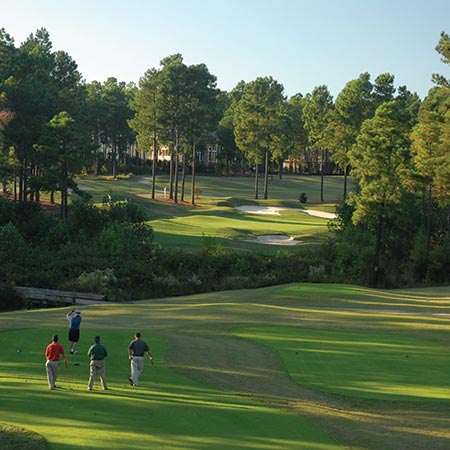
Buddy Golf Trip
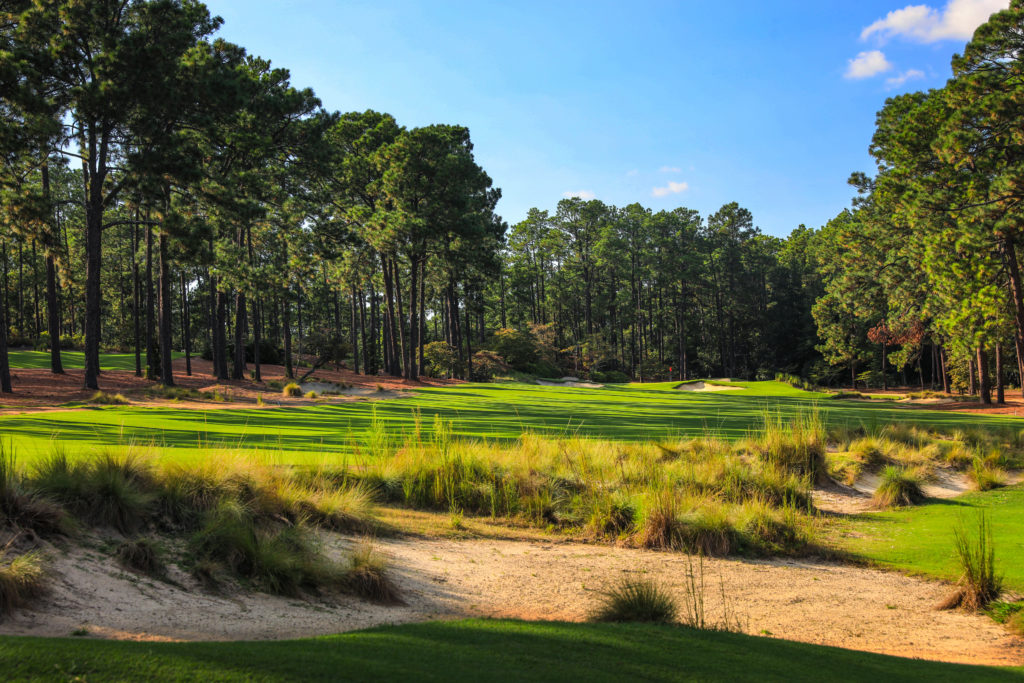
18 Holes of Local Knowledge for the Sandhills Golfer
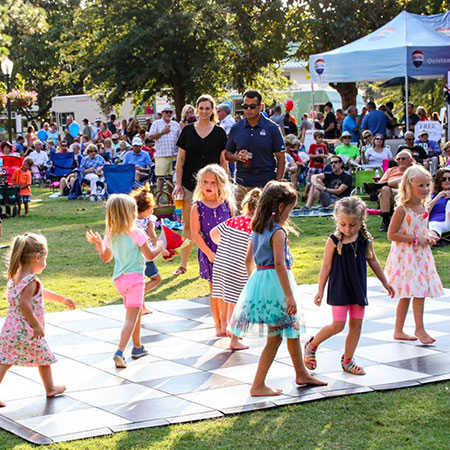
The Family Fun Trip
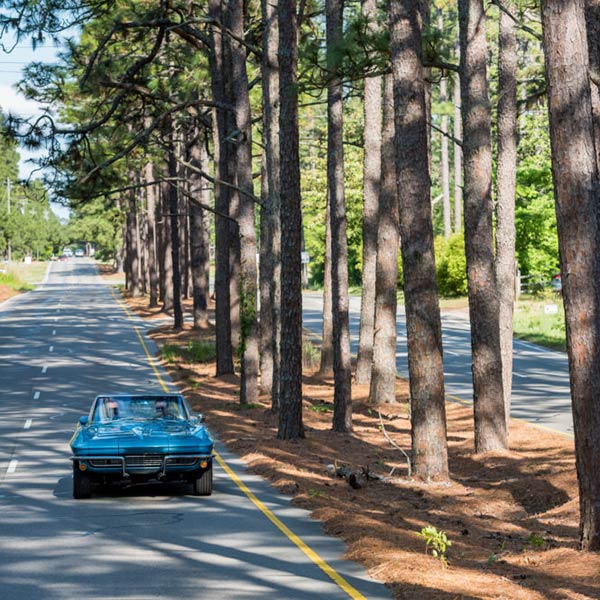
Midland Road: The “Fifth Avenue of Golf”

Collards, Community and Collaboration
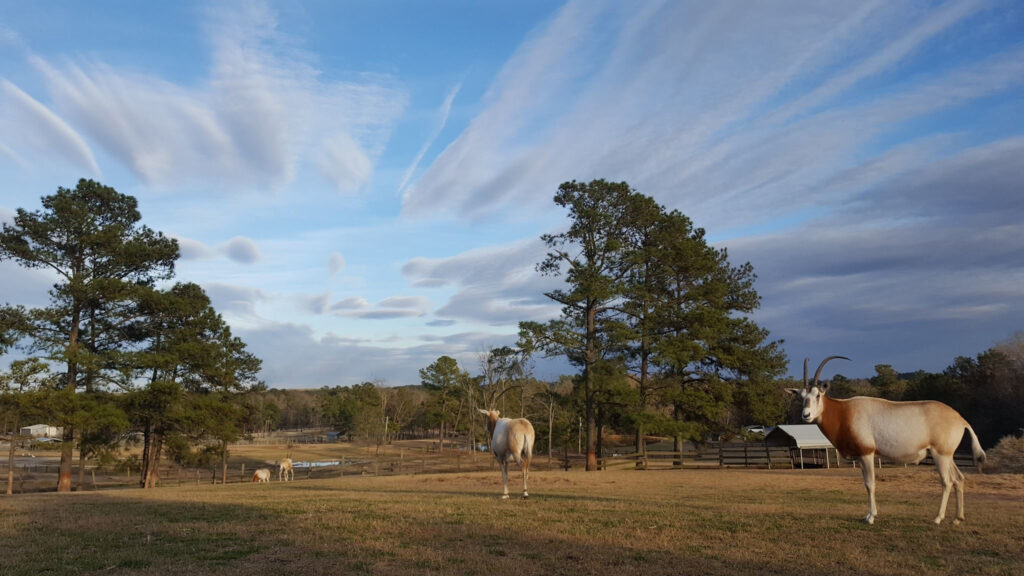
10 Little-Known Facts About North Carolina’s Pinehurst/Southern Pines Region

Sandhills Holiday Gift Guide
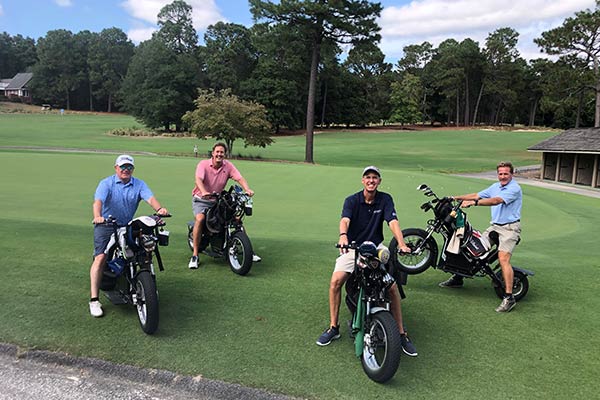
Spring Primer: Local Knowledge from the Home of American Golf

Our Favorite Coffee Shops in the Sandhills
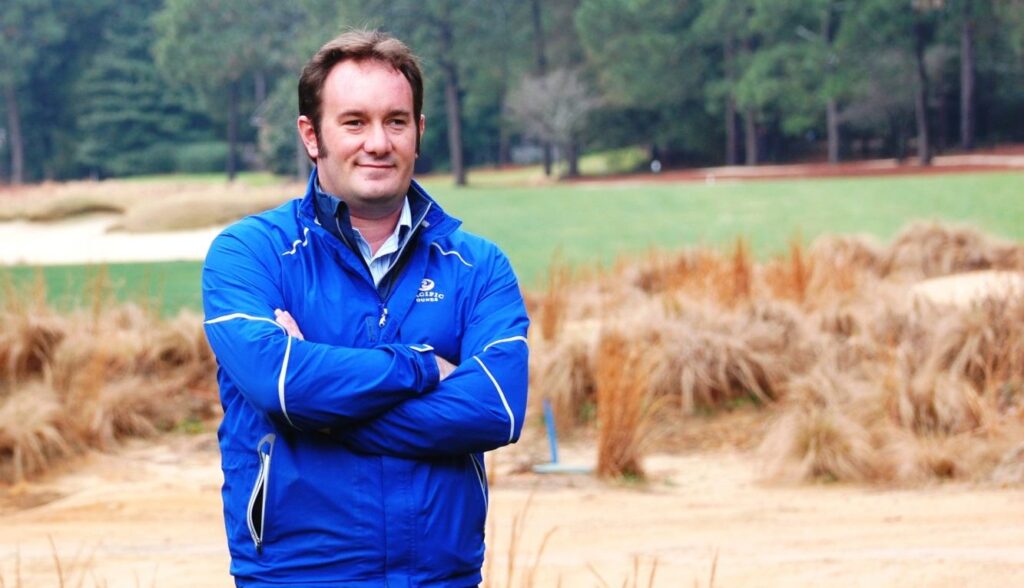
Franz Creating Legacy on the Links

Bring Fido! Pet-Friendly Finds Among the Pines
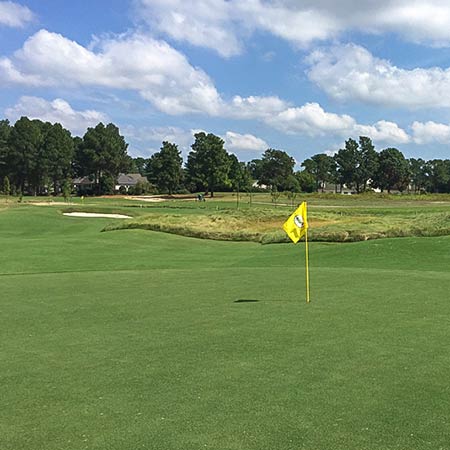
Bottlebrush: Pinehurst Area’s Best Kept Secret
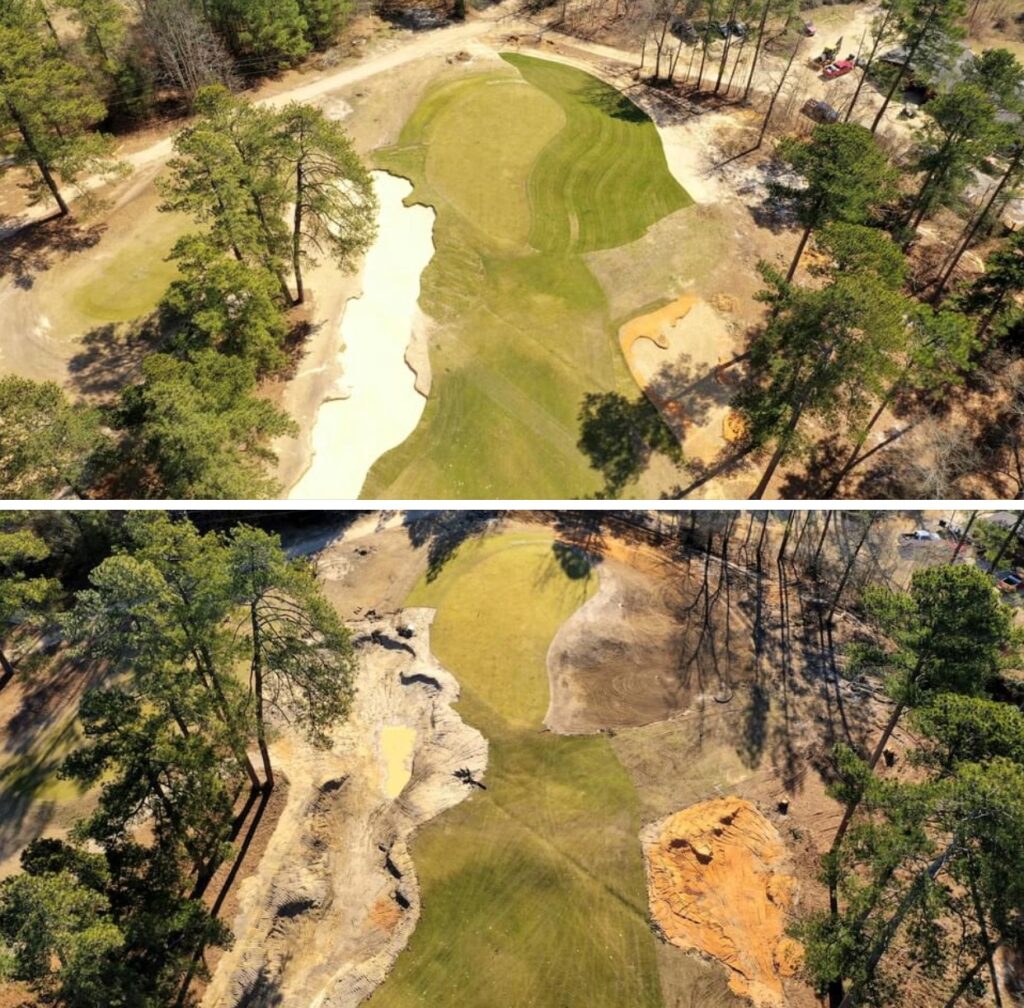
Franz Part 2: The Legacy Continues

Why Visit Pinehurst If You Don’t Play Golf?

First Timer’s Guide to Pinehurst
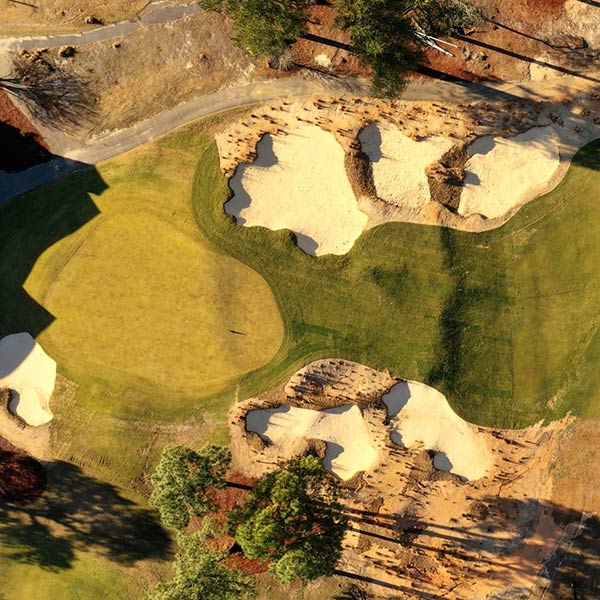
Franz Part 3: On Sandhills Topography
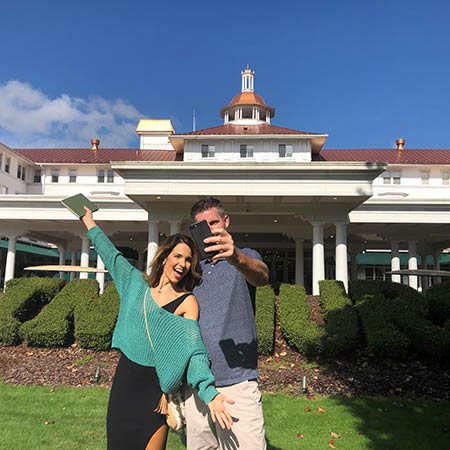
Top 10 Places for a #Sandhills Selfie
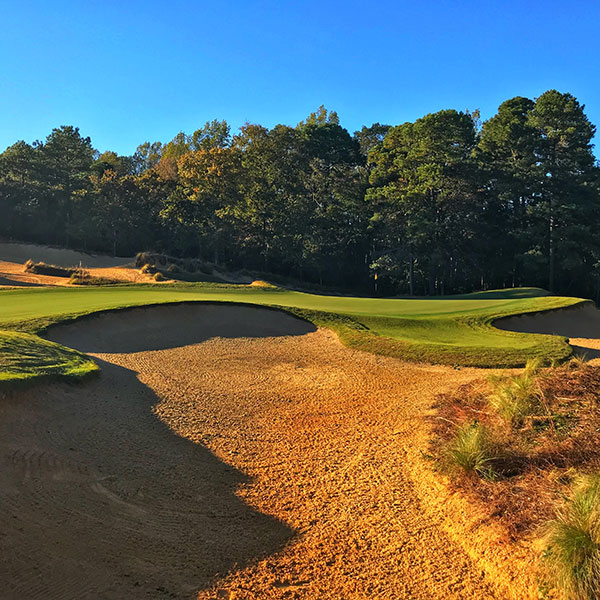
“Bermuda Revolution” Around Sandhills Leads to Ideal Year-Round Golf

Hunger Games – Sandhills Golfers Dining Guide
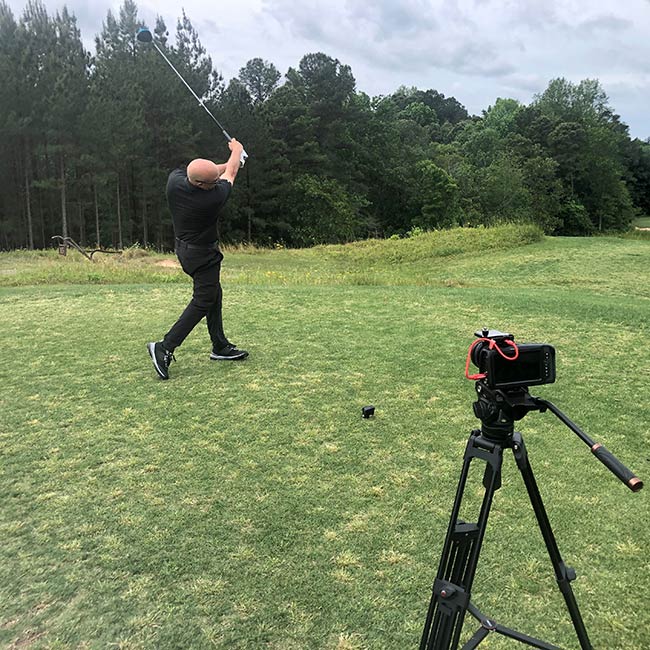
Episode 1: Golf Tips with Nick Bradley

Episode 2: Golf Tips with Nick Bradley

Sandhills Embraces Walking Culture
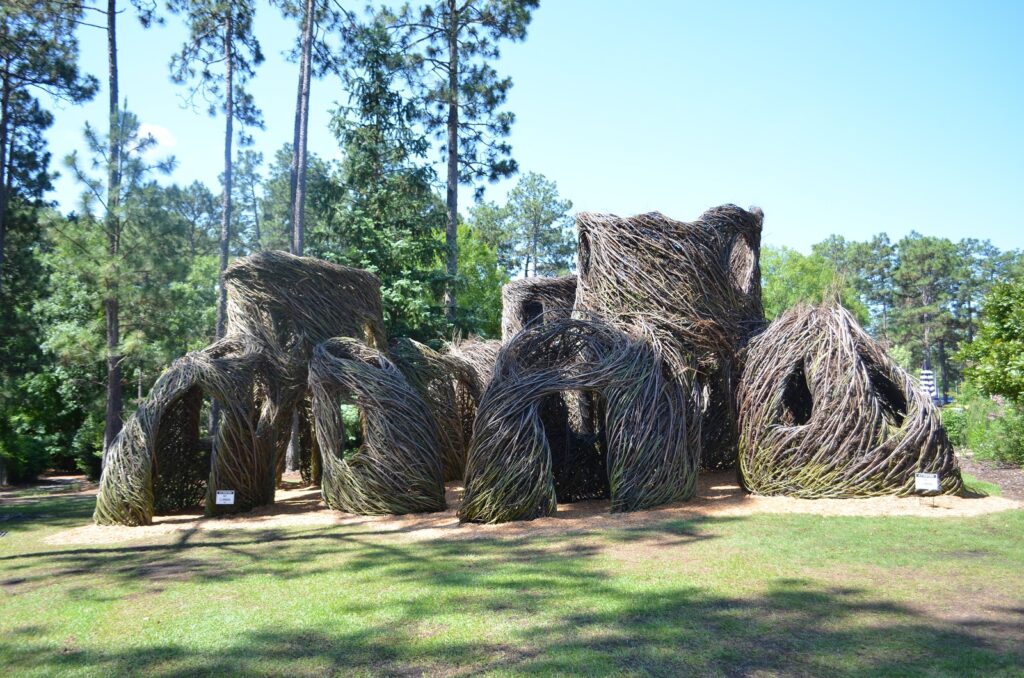
Patrick Dougherty: The Stickman Cometh

Dining A to Z

Fall Renewal in the Sandhills

Pinehurst’s Ryder Cup 1951

No. 2 Celebrates 10 Years

2004 Ryder Cup That Wasn’t
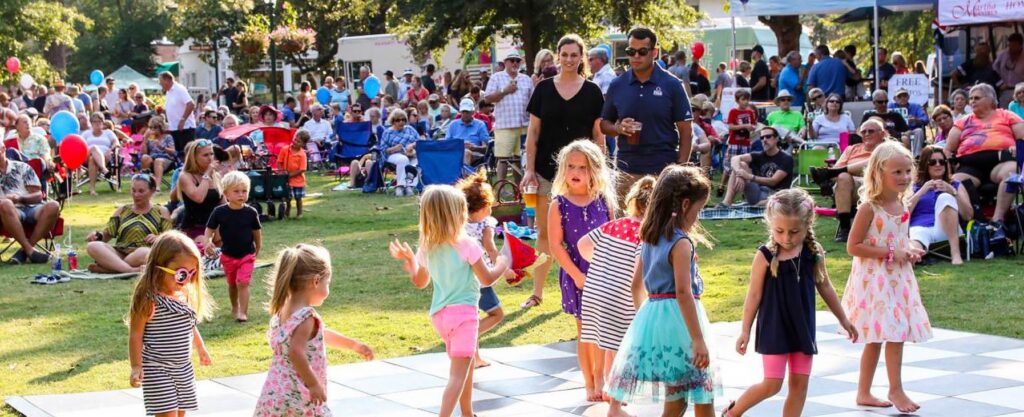
Family Fun in the Sandhills
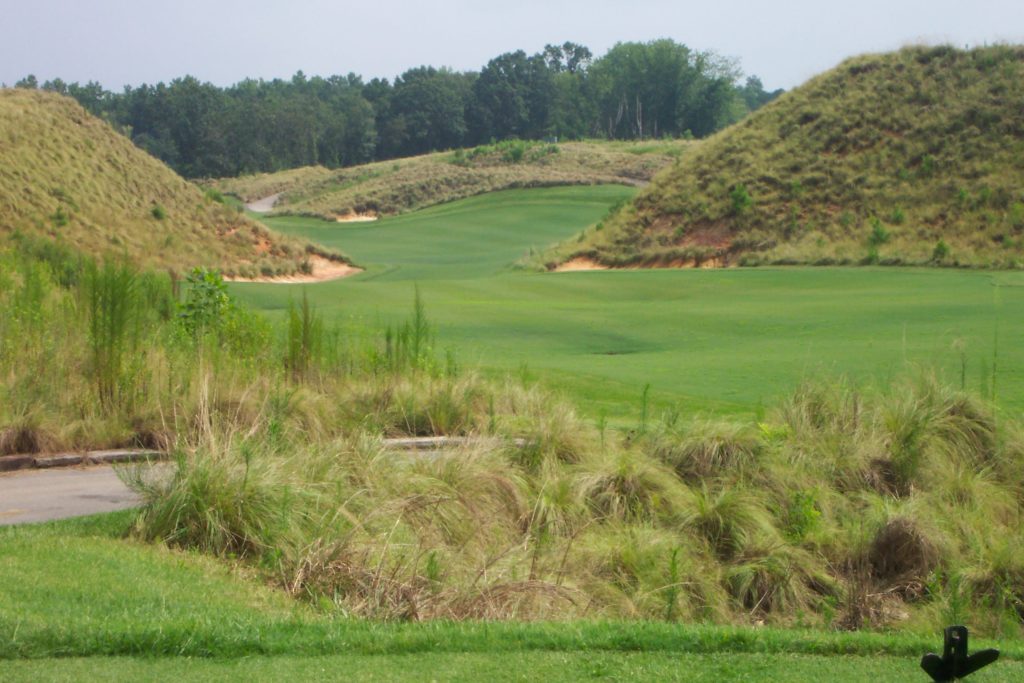
Remarkable Golf Stays in The Pinehurst Area

Couples Weekend Getaway Ideas

Nature’s Canvas: Tobacco Road

Perfect Getaway to Southern Pines

Culinary Discoveries in the Sandhills of N.C.

Restaurant Roundtable Q&A
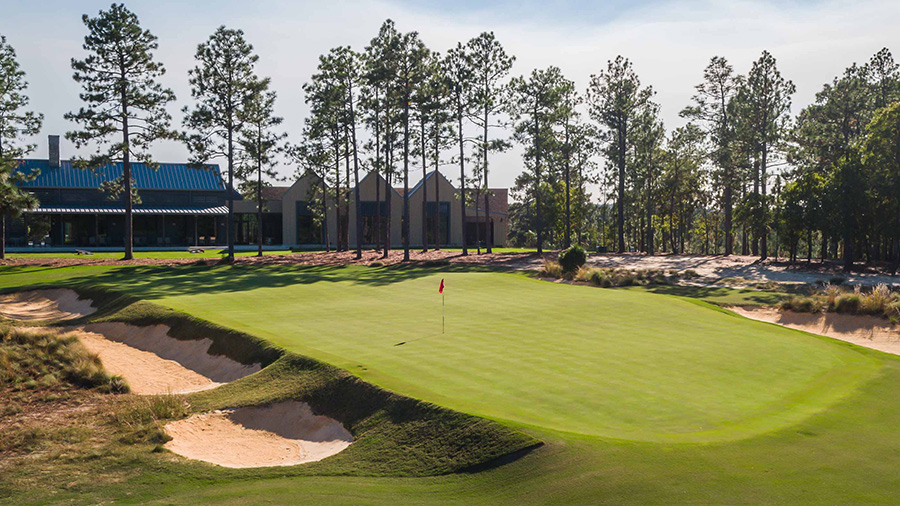
Dormie Club’s New Era

Talamore and Mid South: History of Their Own

Undiscovered Pinehurst

Off for Pinehurst
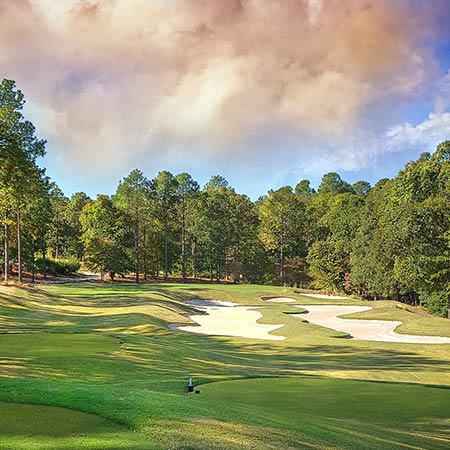
Talamore Doing More for 2022
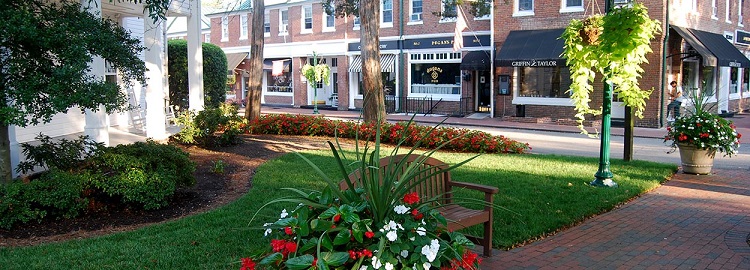
Romantic Gift Ideas In Pinehurst Area

Foodie Weekend in the Sandhills
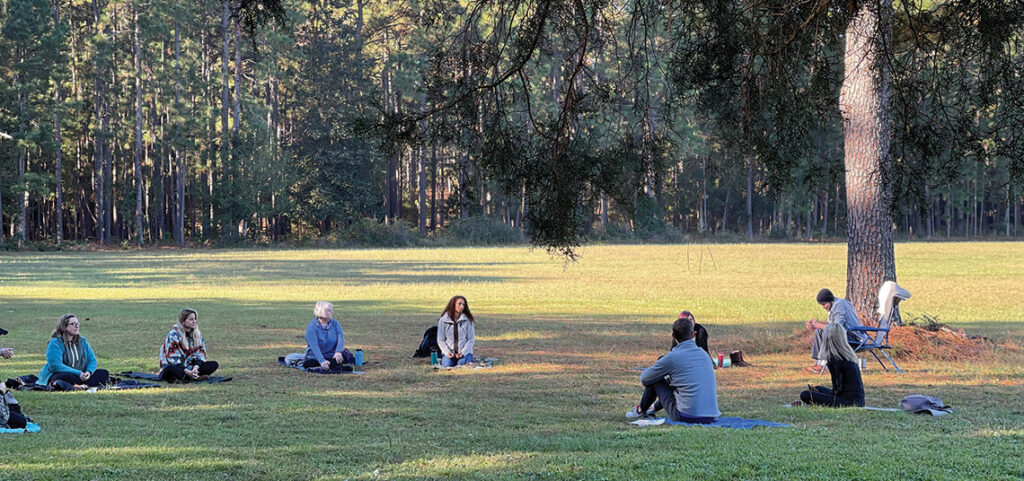
Wellness in the Pines

The Military Means Business in the Sandhills
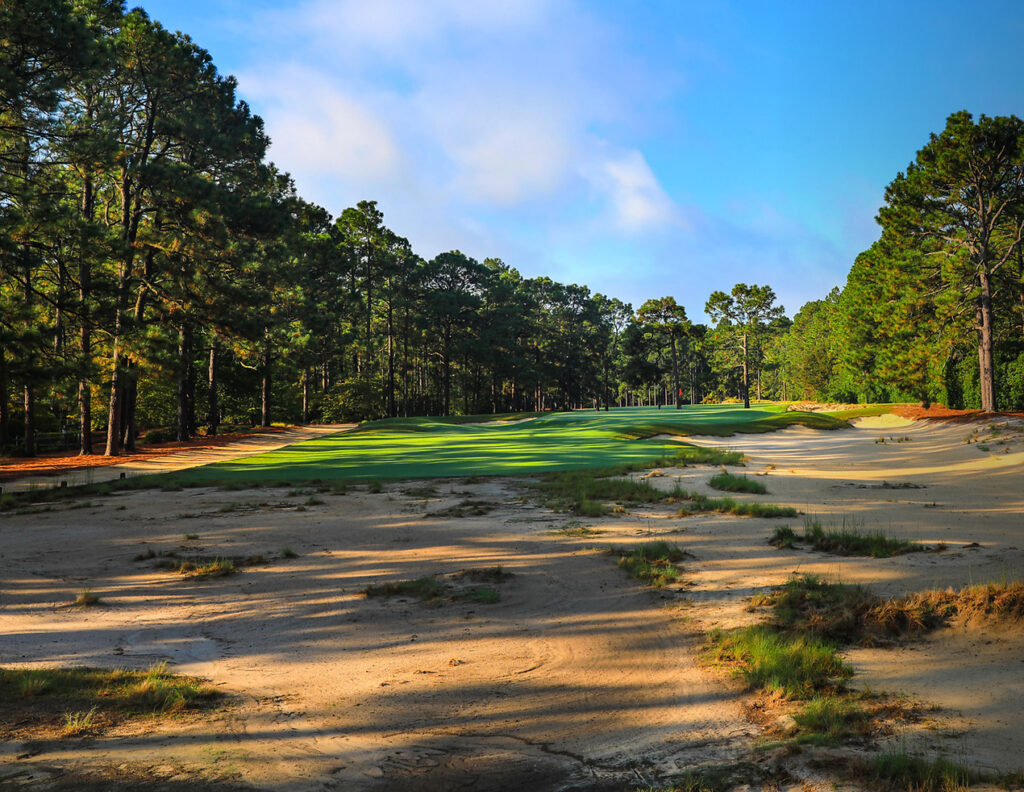
Pine Needles Goes Back in Time
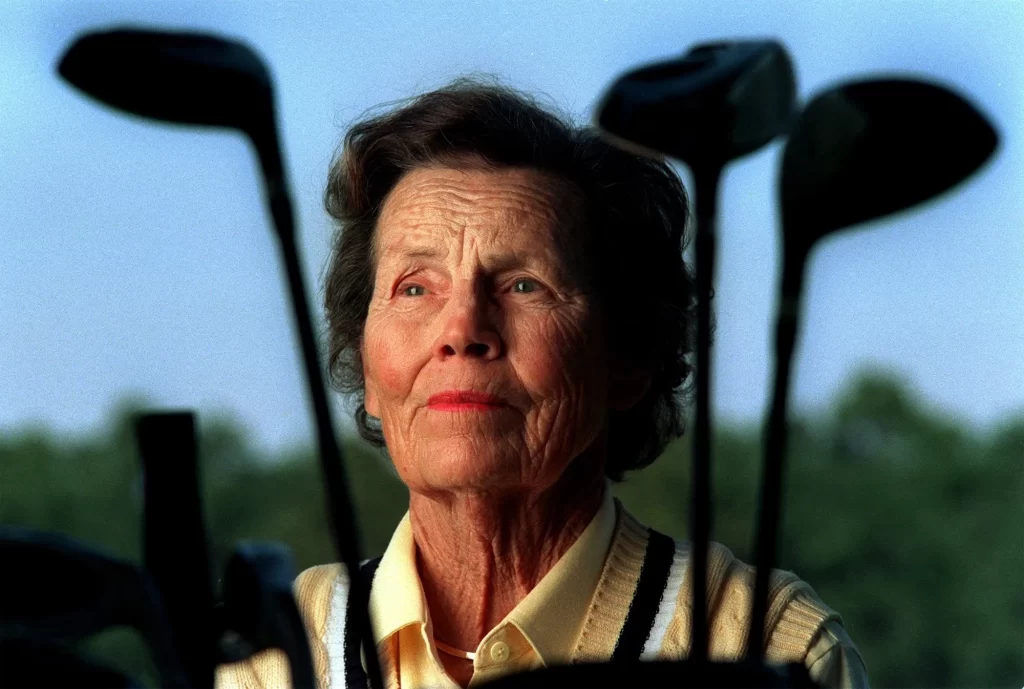
Grande Dame of Women’s Golf

A Guide to Berry Picking in the Sandhills

Waltzing on the Danube with Peggy Kirk Bell

From Cradle to Cradle

Donald Ross Could Golf His Ball
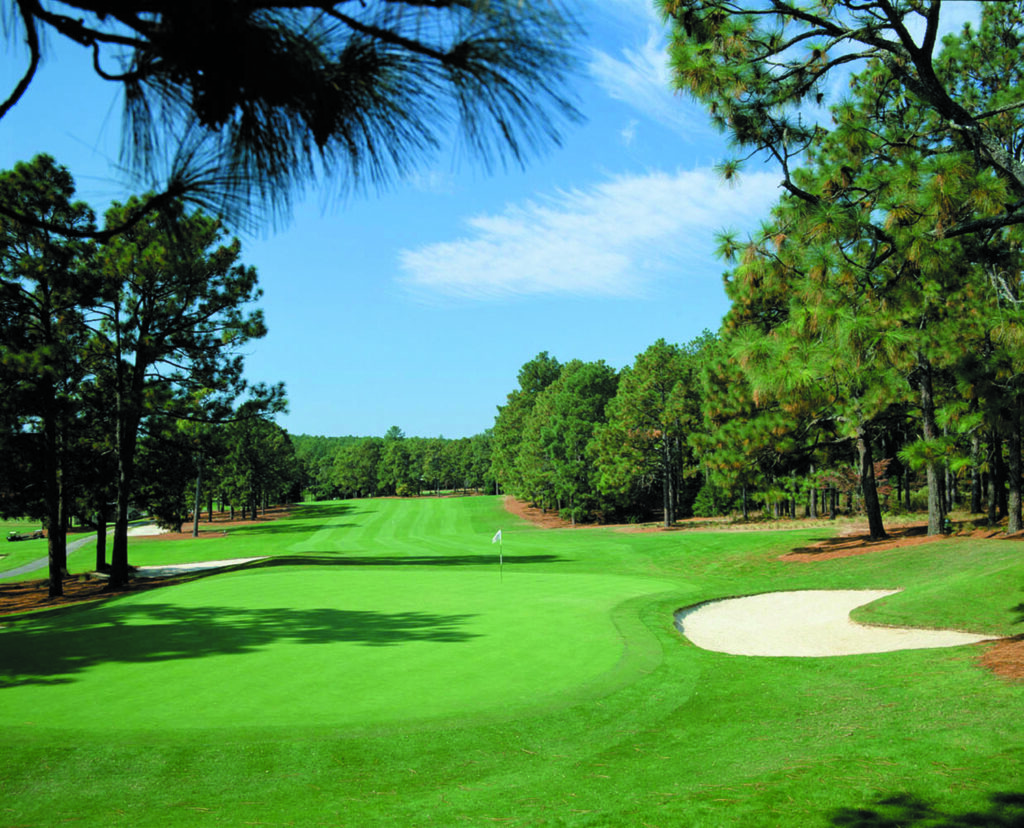
No Resting on Laurels Around the Home of American Golf

Flower Farms in the Sandhills
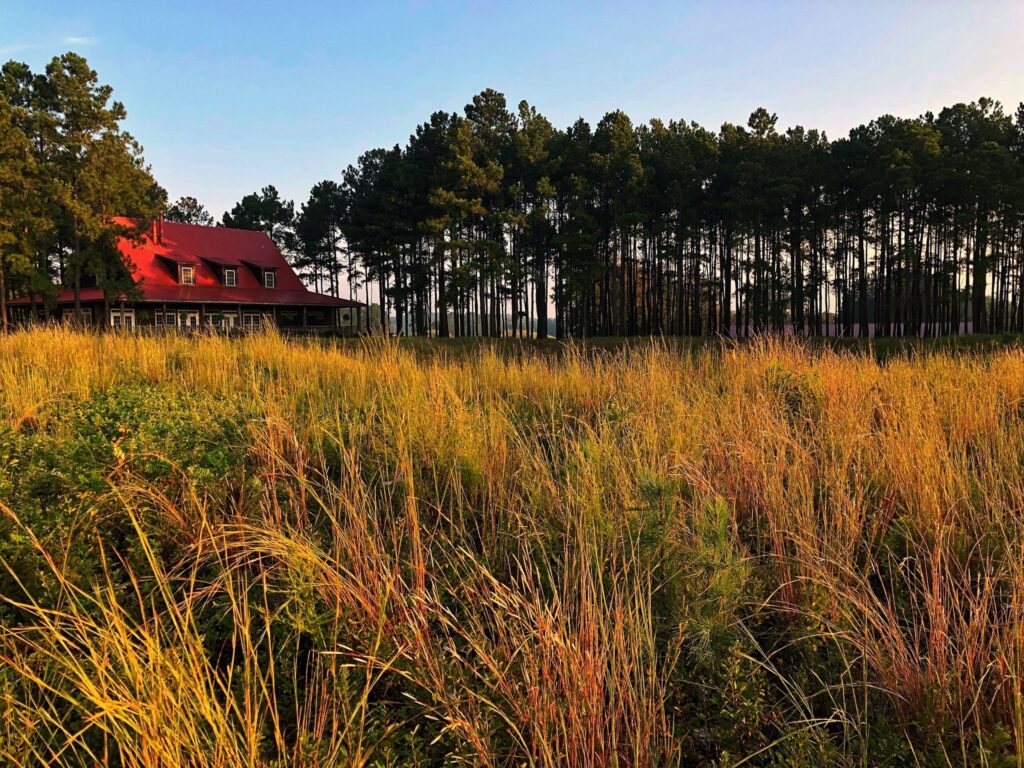
Fall into Pinehurst Golf

What Goes Around…
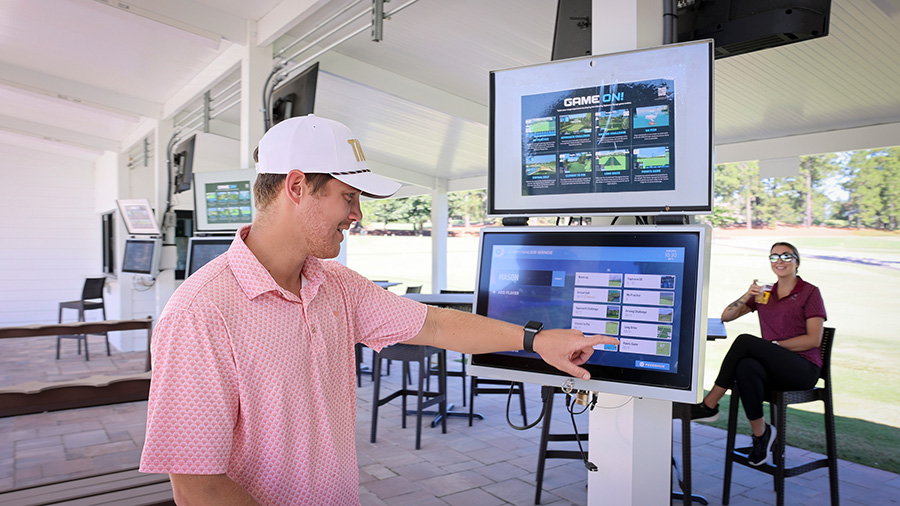
Talamore Resort Debuts New Toptracer Range

The History of the Pinehurst Inns

“For me, Pinehurst is such a special place for golf!”- Tom Fazio
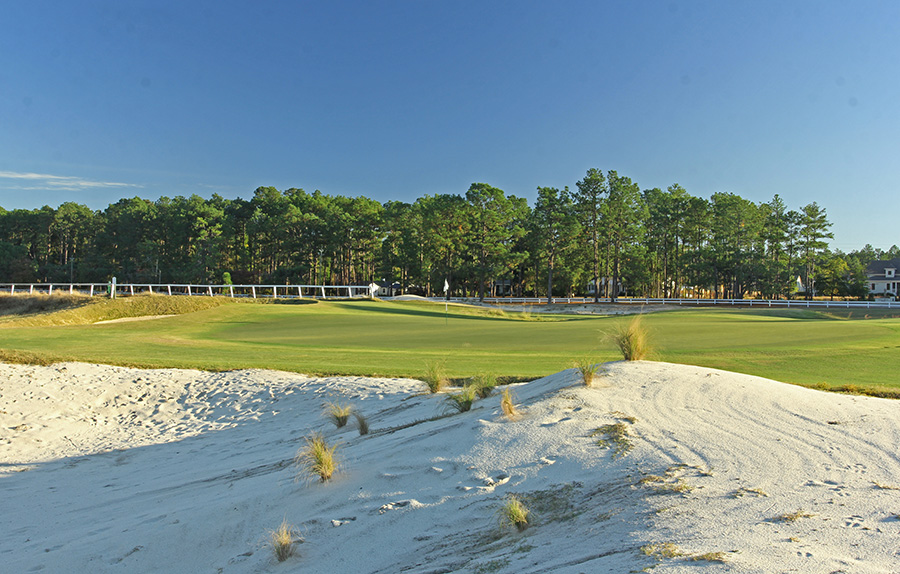
Maples Roots Run Deep in Sandhills Golf Design

New Southern Pines Mural

Pinehurst Area Buzzing with 2023 Excitement

Discover the Sweetness of the Sandhills
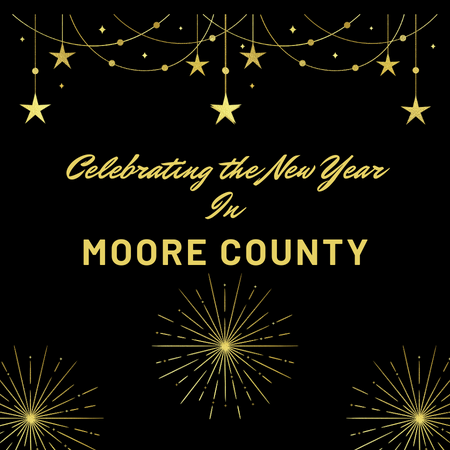
Celebrating the New Year in Moore County

The Big Three
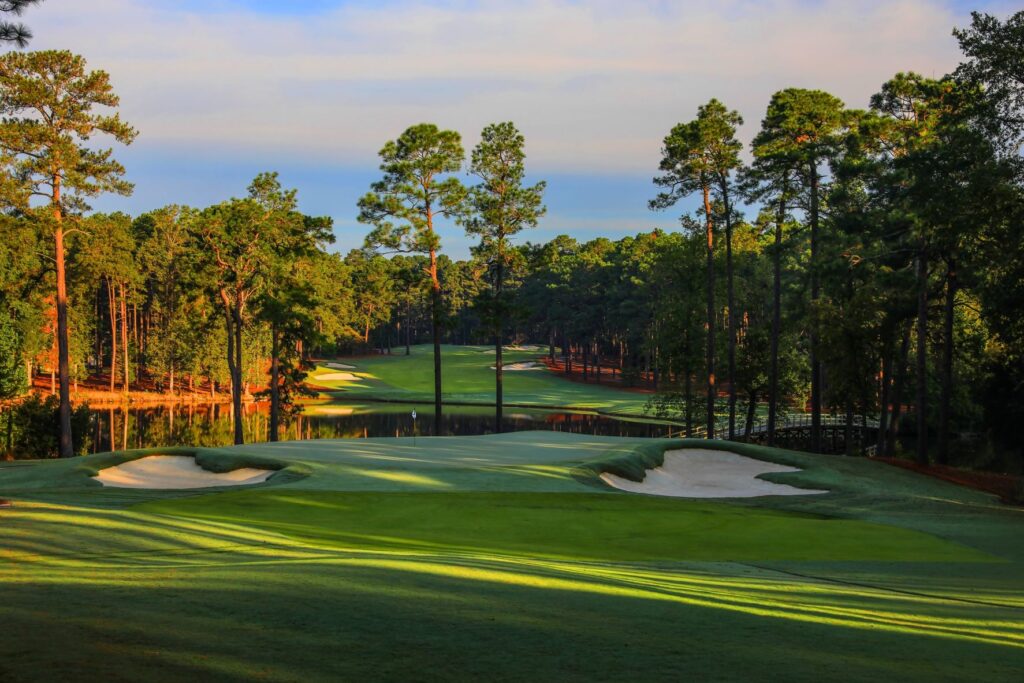
Jones Family Imprint
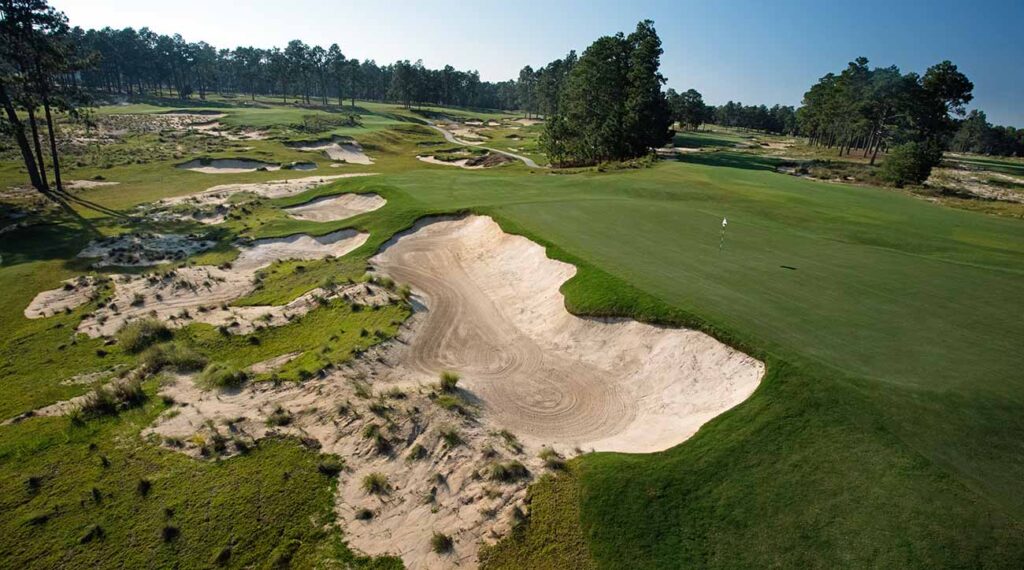
The Hanse Touch
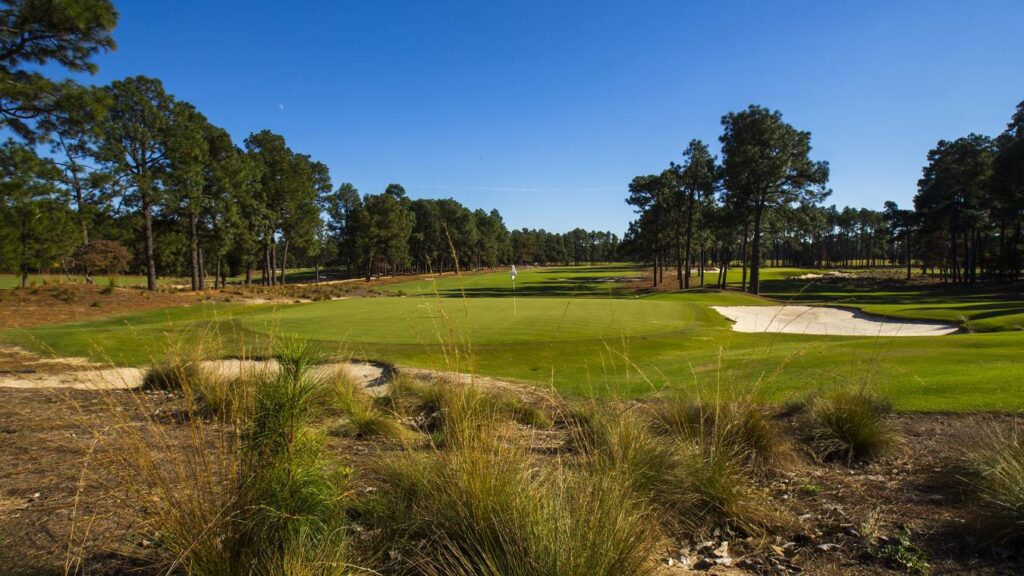
Coore & Crenshaw Roots Run Deep
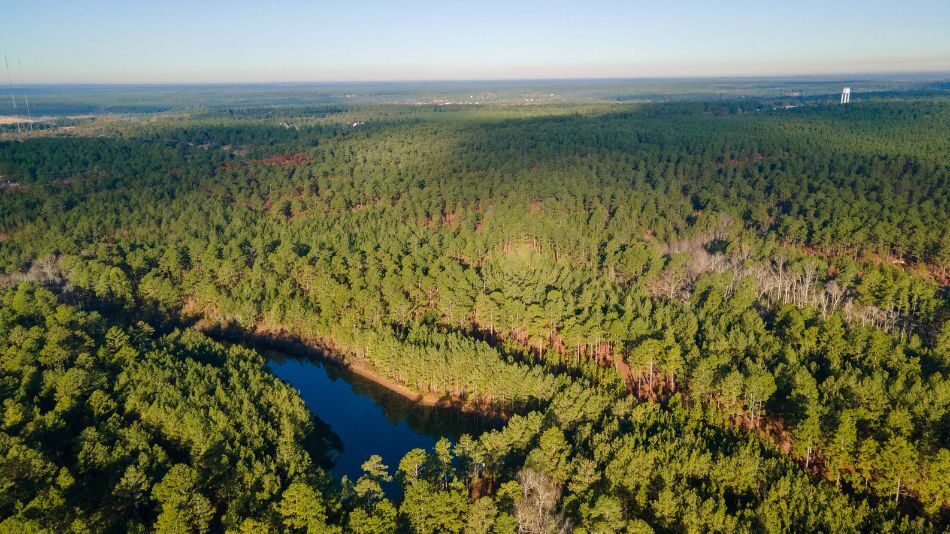
Pinehurst Resort Announces New Course to be Designed by Tom Doak
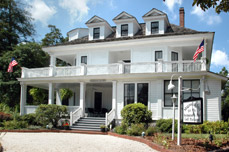
PINEHURST’S MAGNOLIA INN REOPENS
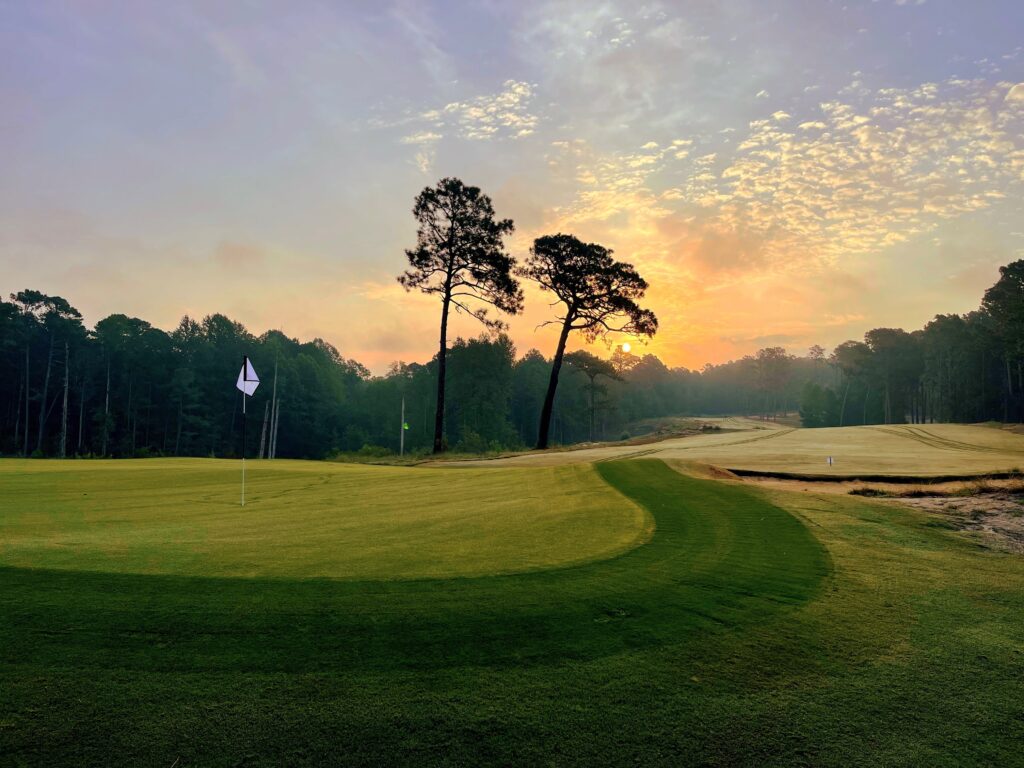
Southern Pines Golf Club Recognized
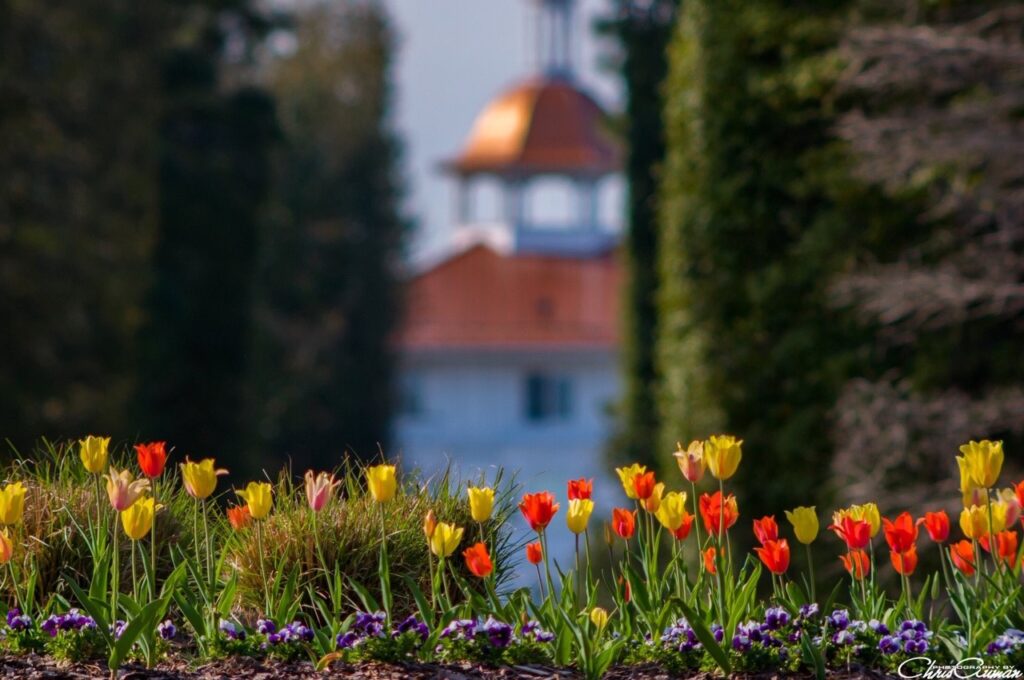
Spring in the Sandhills

Mother/Daughter Weekend in the Sandhills
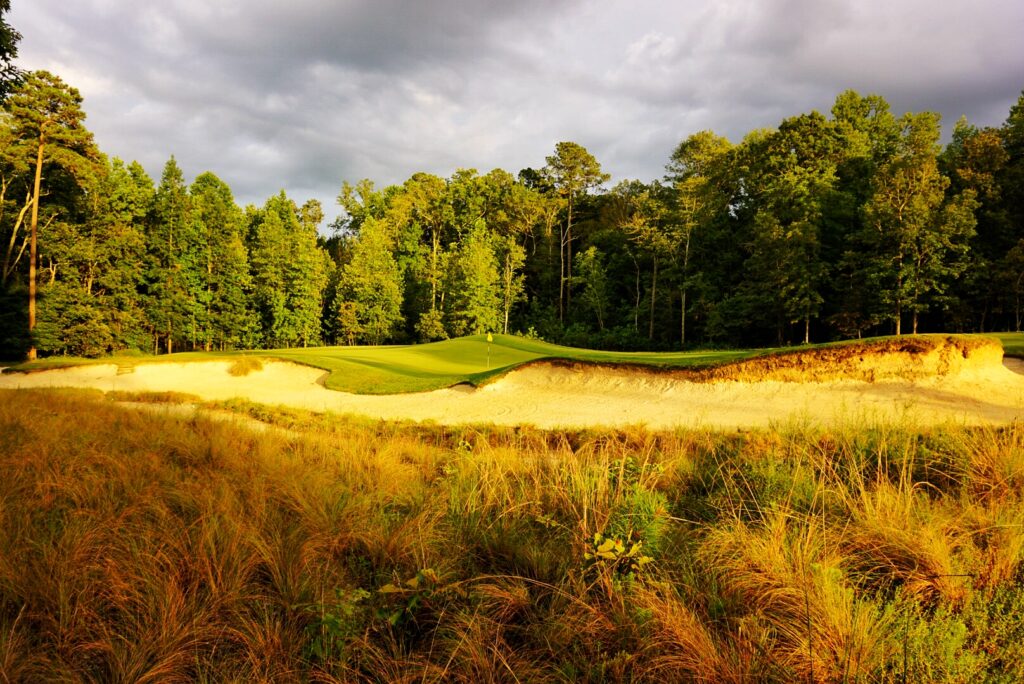
A Few of Our Favorite (Golfing) Things
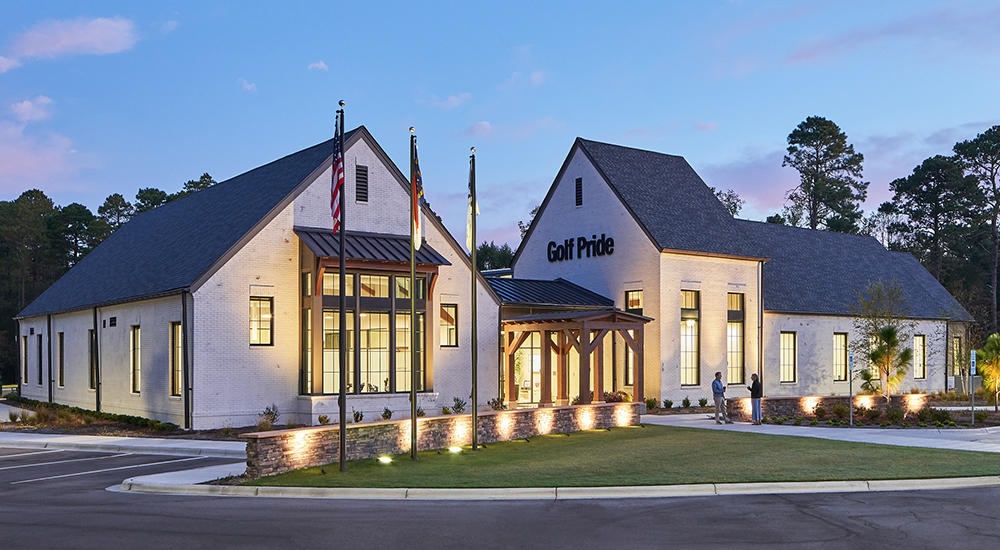
Golf Pride Retail Lab
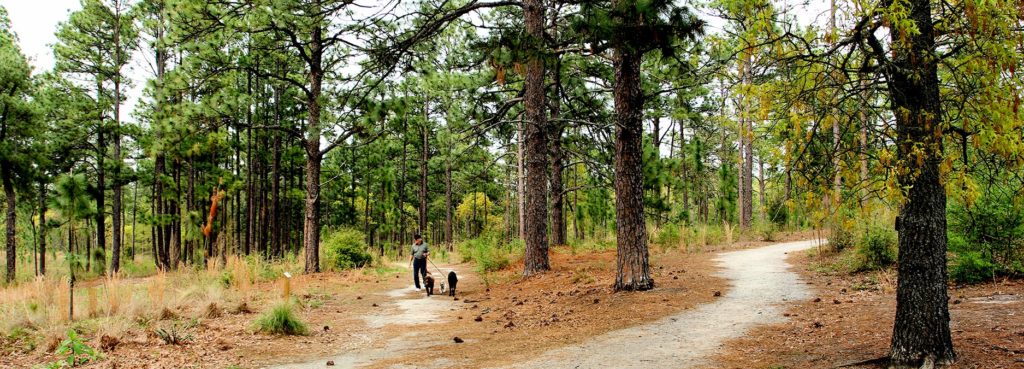
6 Trails to Explore for the Year of the Trail

Pinehurst No. 2 Still Ranked Best Course in NC

Sandhills Ecology 101
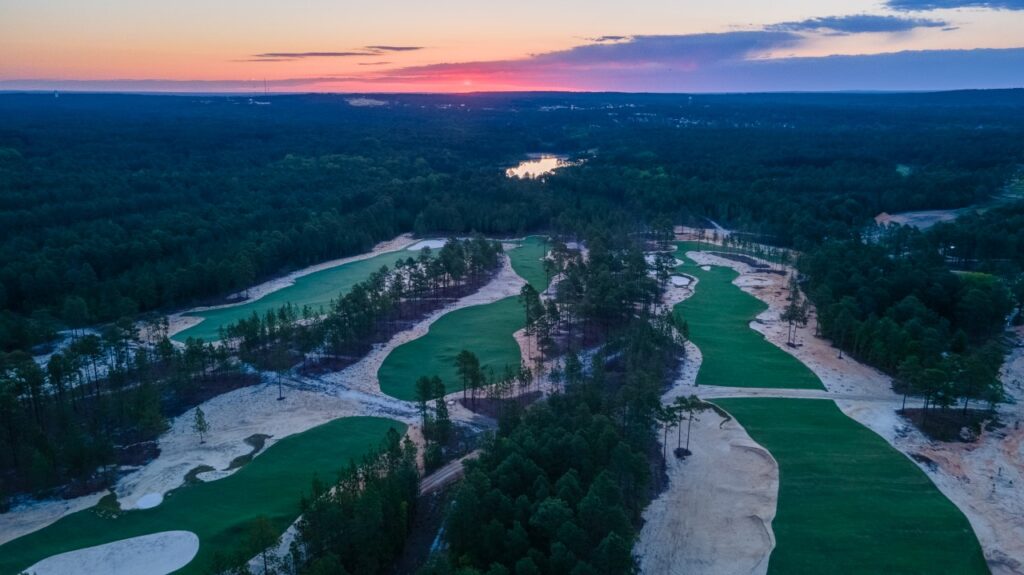
X Marks the 10-Spot

Best Date Night Ideas in the Sandhills
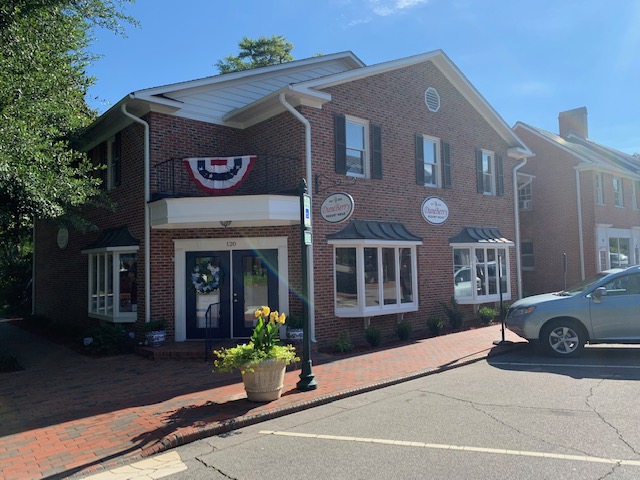
Small Towns Big Style

9 Urban Trails Around Pinehurst Area
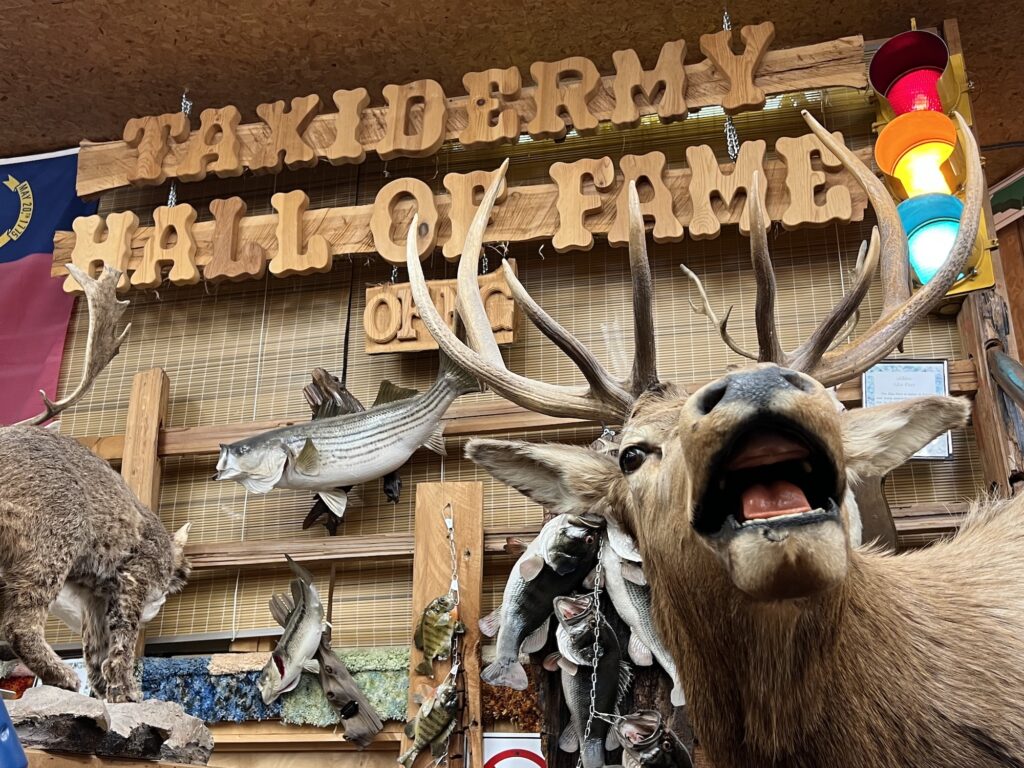
Uniquely Pinehurst

2024 U.S. Open: A Look Ahead

1999 U.S. Open: A Look Back

A Restorative Weekend Getaway at Tanglewood Farm B&B in Southern Pines
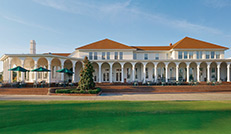
Top Things To Do On A Long Weekend

Independence Day in the Sandhills
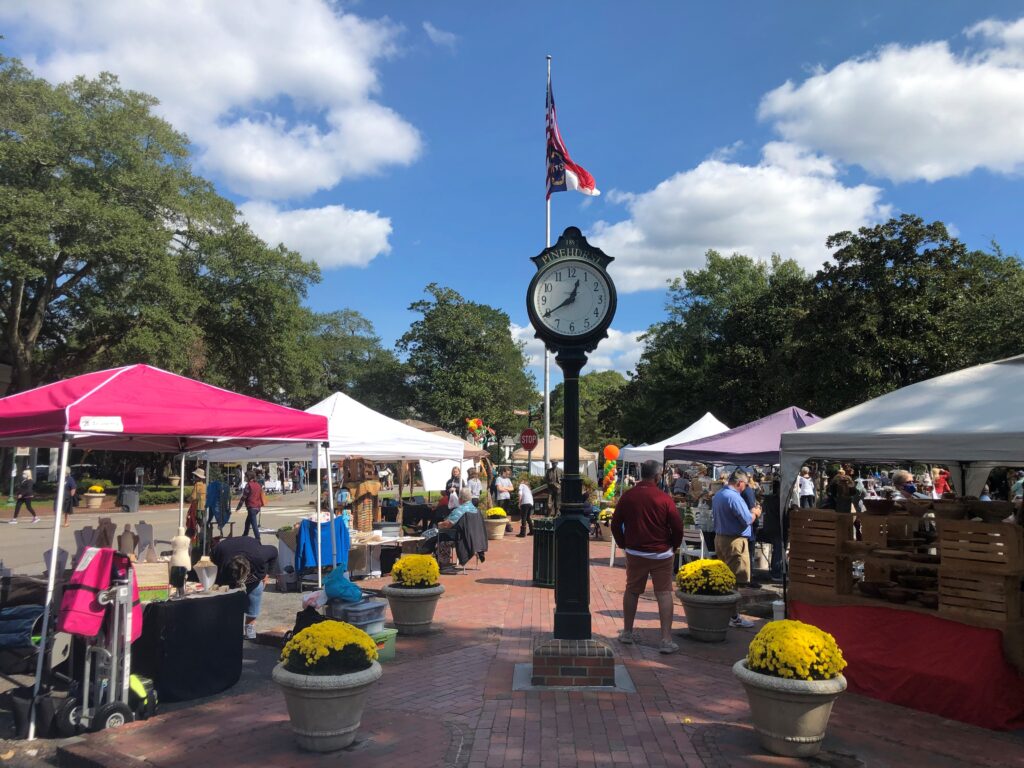
Fall Events Around the Sandhills

Celebrating NC Peaches

Kid You Not
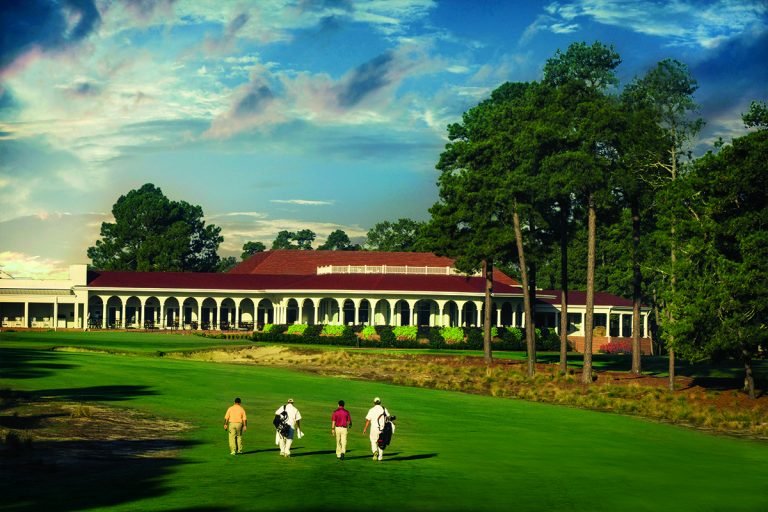
Sleepy Summers No More

Getting Outside

When They Were Young
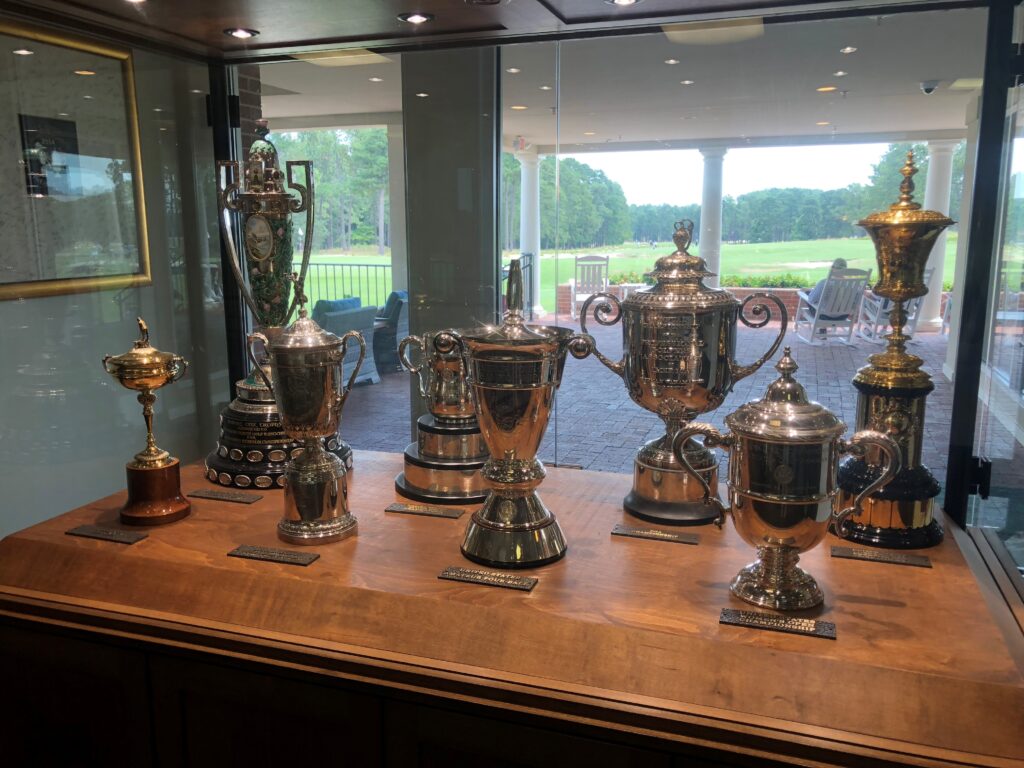
Pinehurst Major-itis

Loving Our Black & Whites
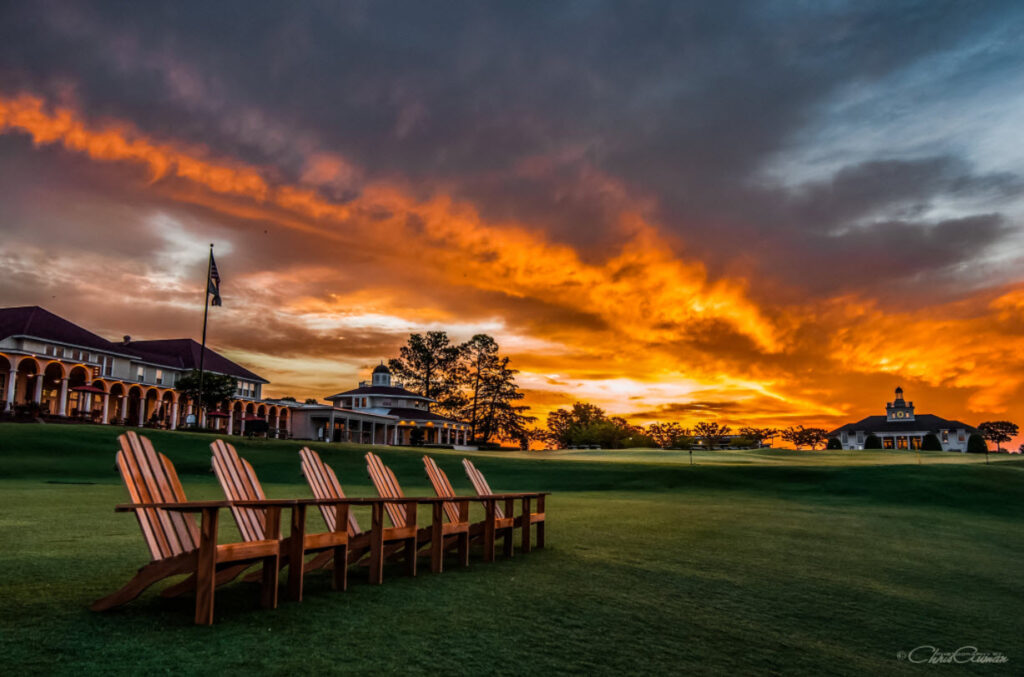
Lens of the Sandhills

Festival D’avion Named as Signature Event
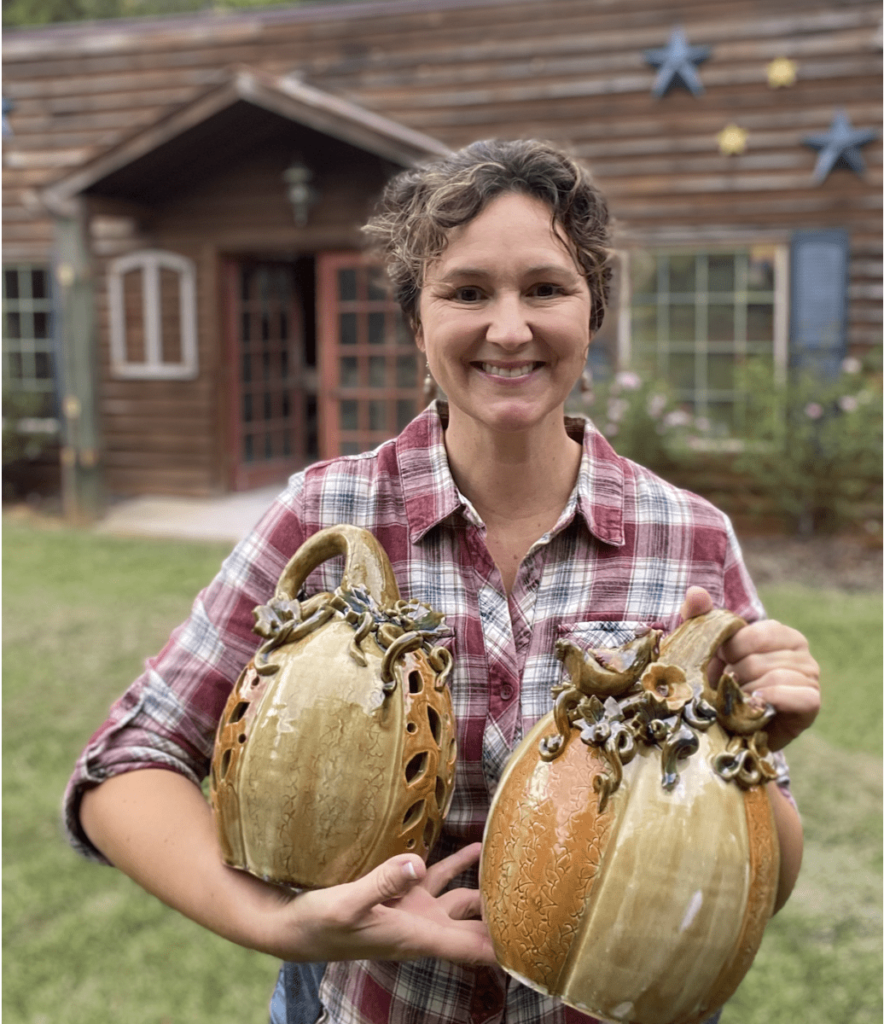
Celebrate American Craft Week
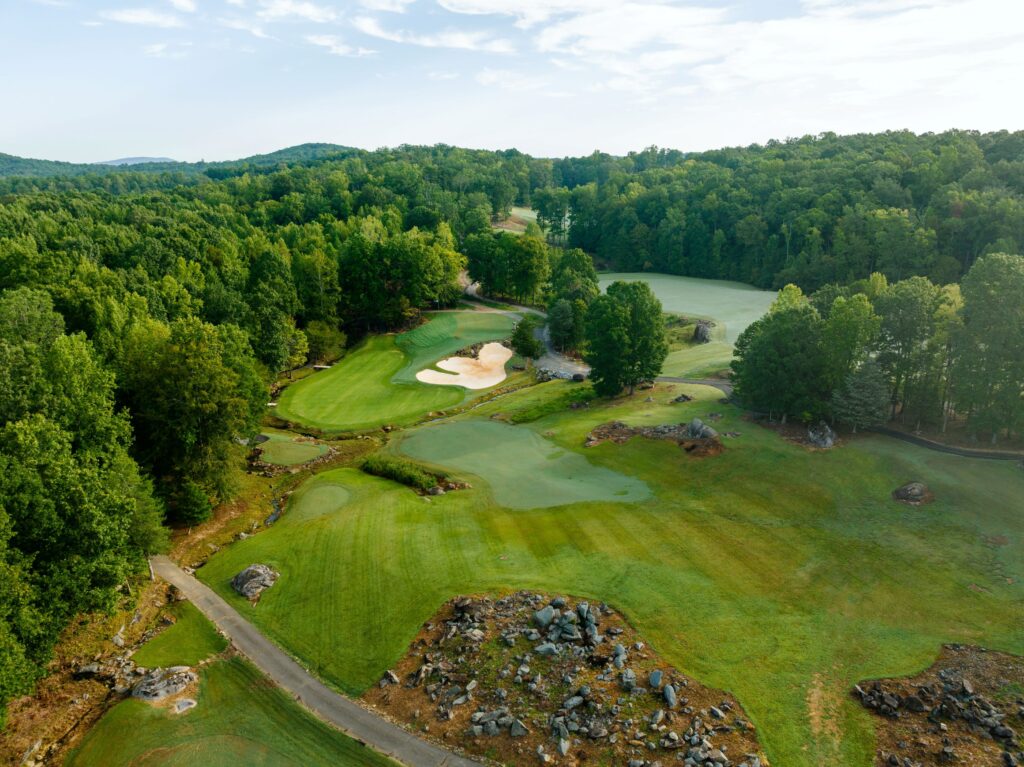
An Artist in the Dirt
Legends of the Pines

Breakfast Joints of the Sandhills

The Scottish Invasion

To Dornoch and Back
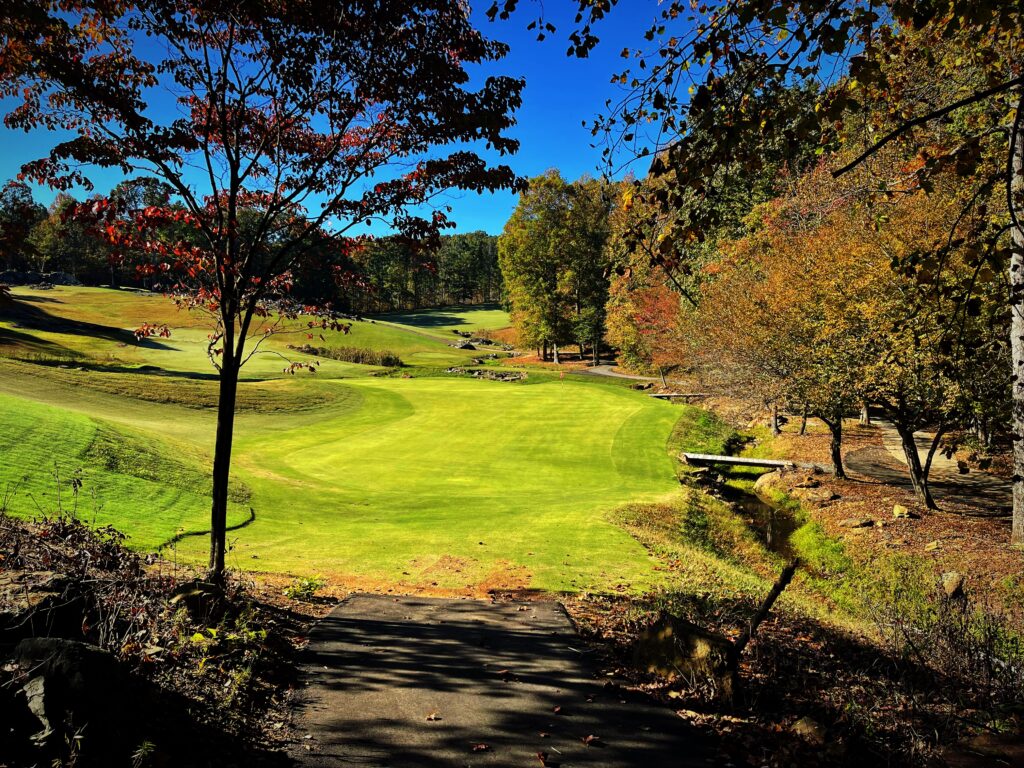
A “New” Pinehurst Welcomes the World in 2024
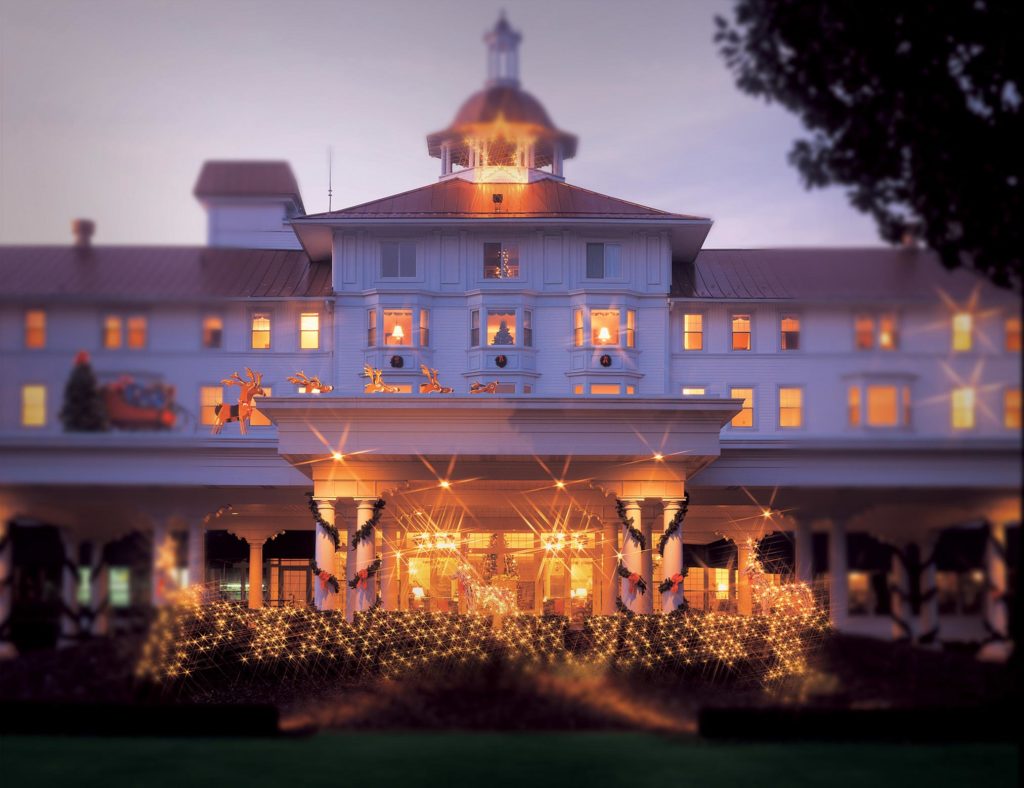
Pinehurst Holiday
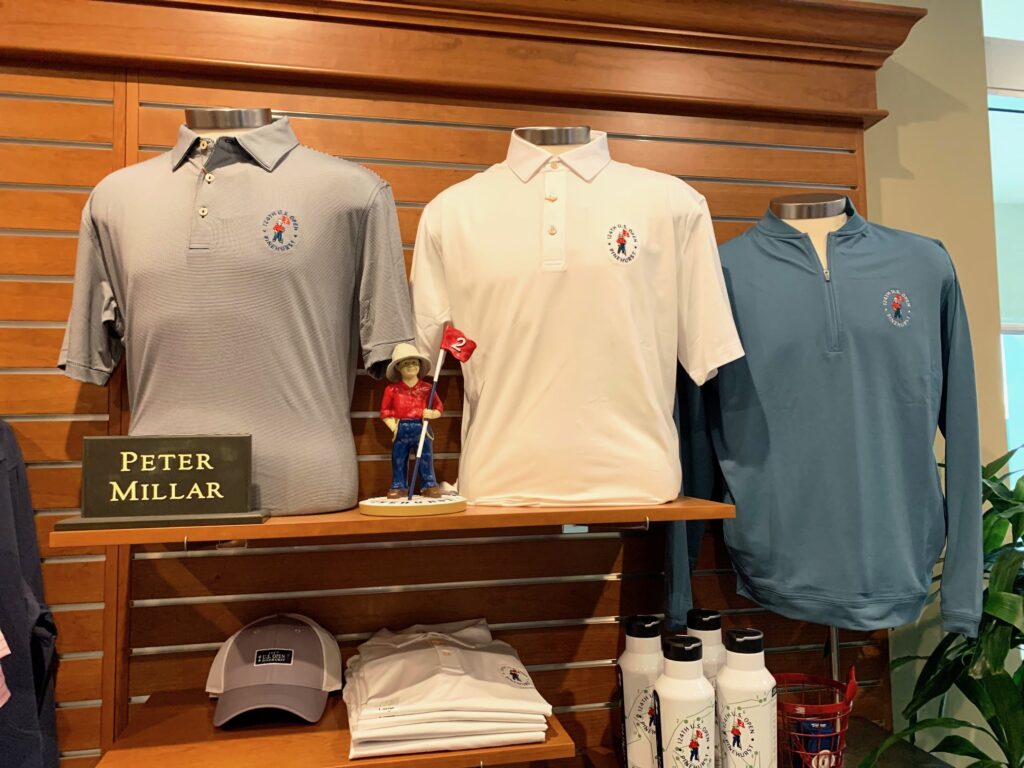
Golfers Gift Guide
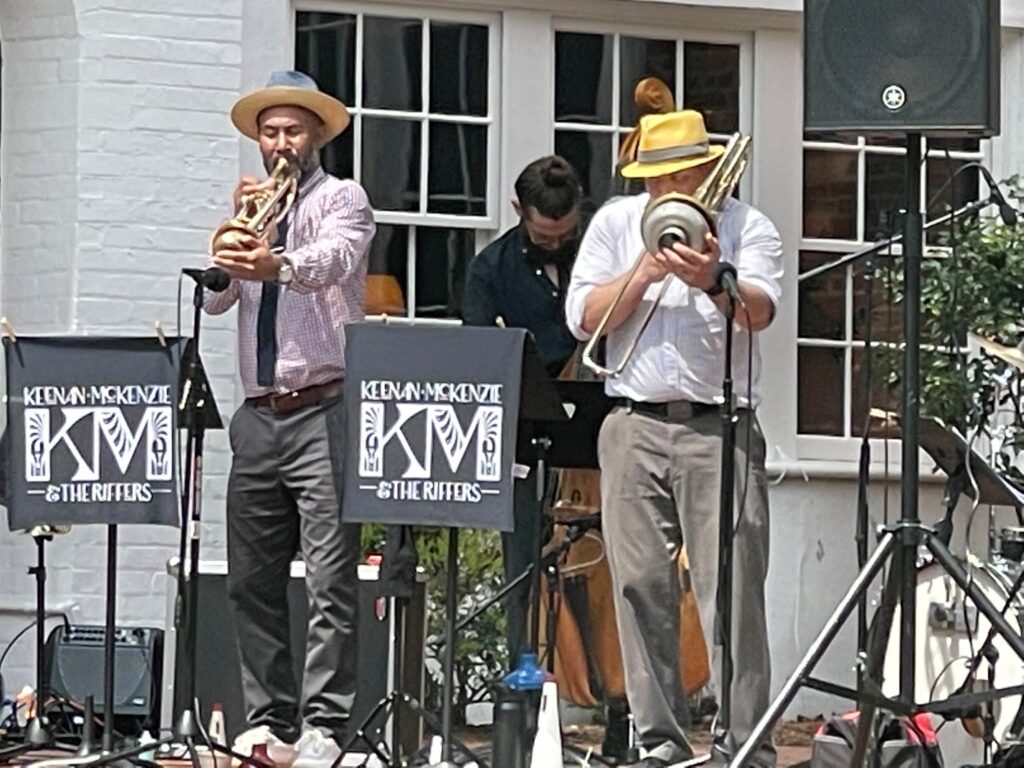
Sandhills Nightlife Scene

A U.S. Open Year
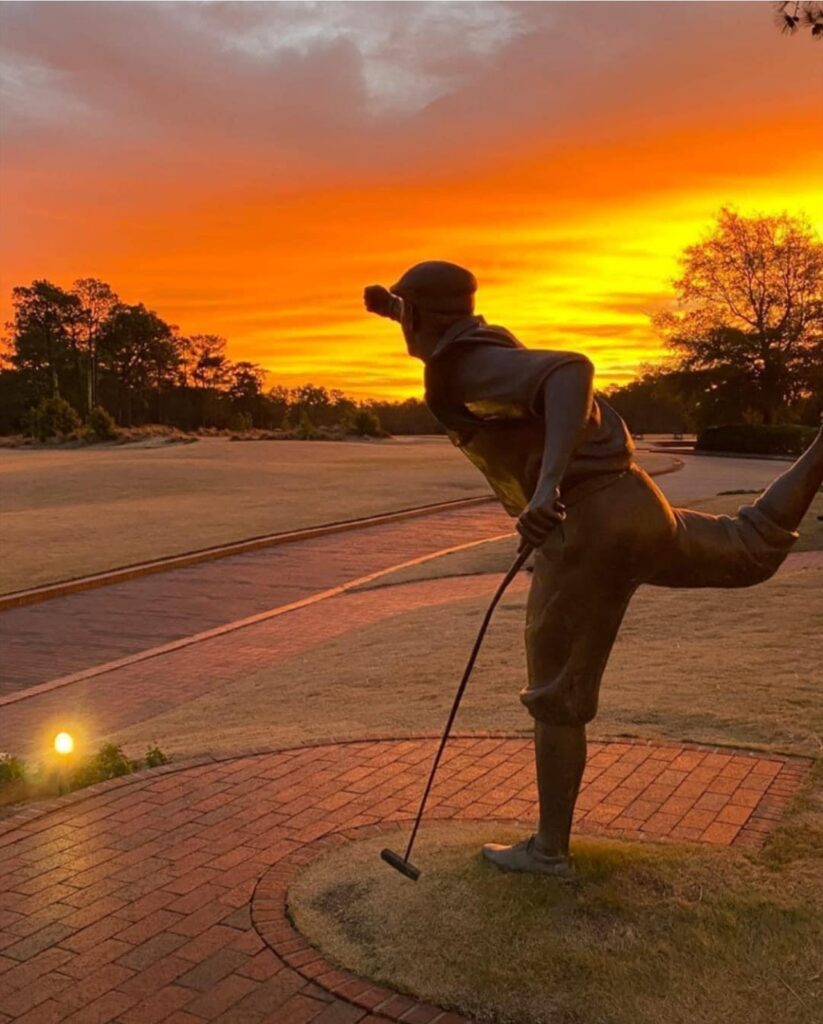
Payne at 25

Where to Antique in Cameron and Carthage

Girls’ Weekend in Moore County
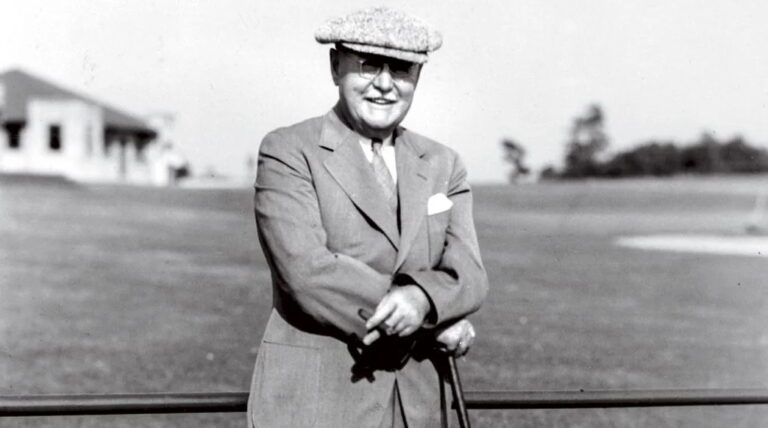
Sandhills Hall of Fame
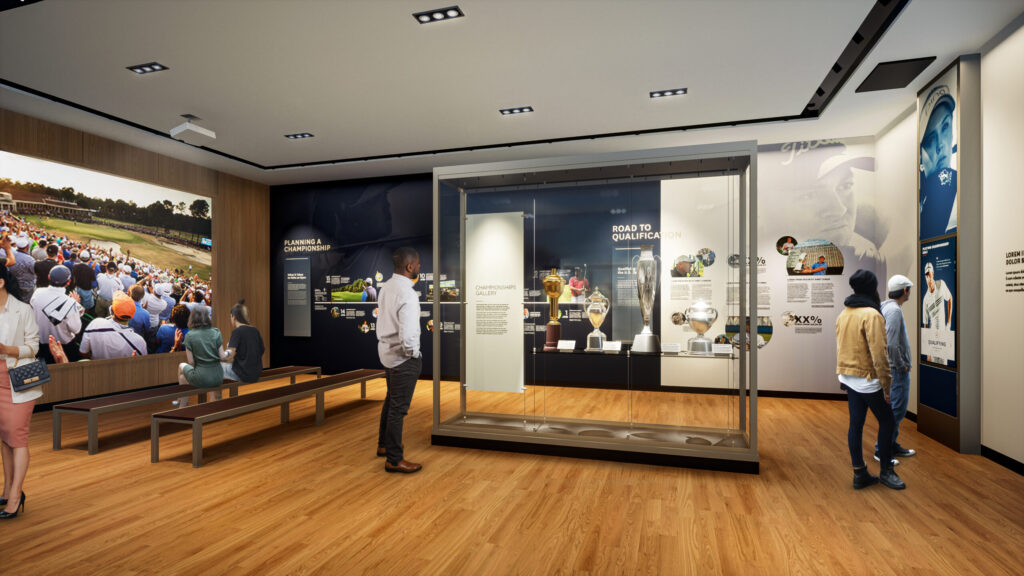
Hall of Fame Take Two
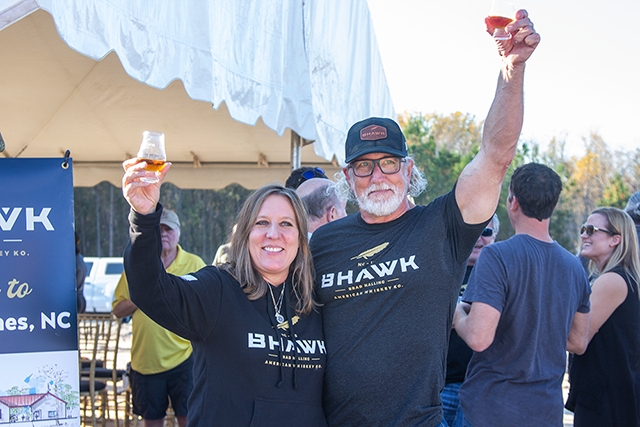
BHAWK Distillery Toasts Military Spirit

A Dozen Master Strokes
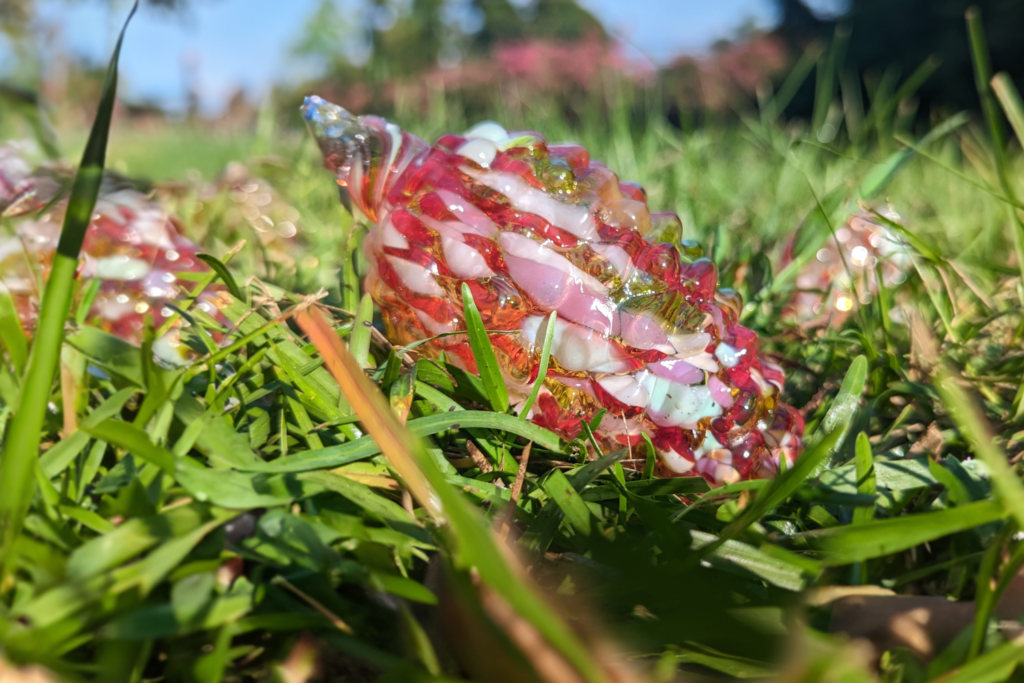
Popular Pinecone Pathways Returns for Spring 2024
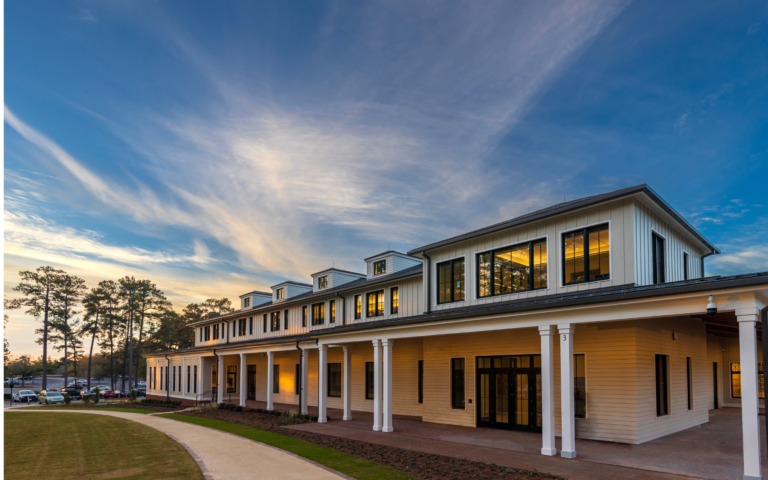
The Dynamic Decade
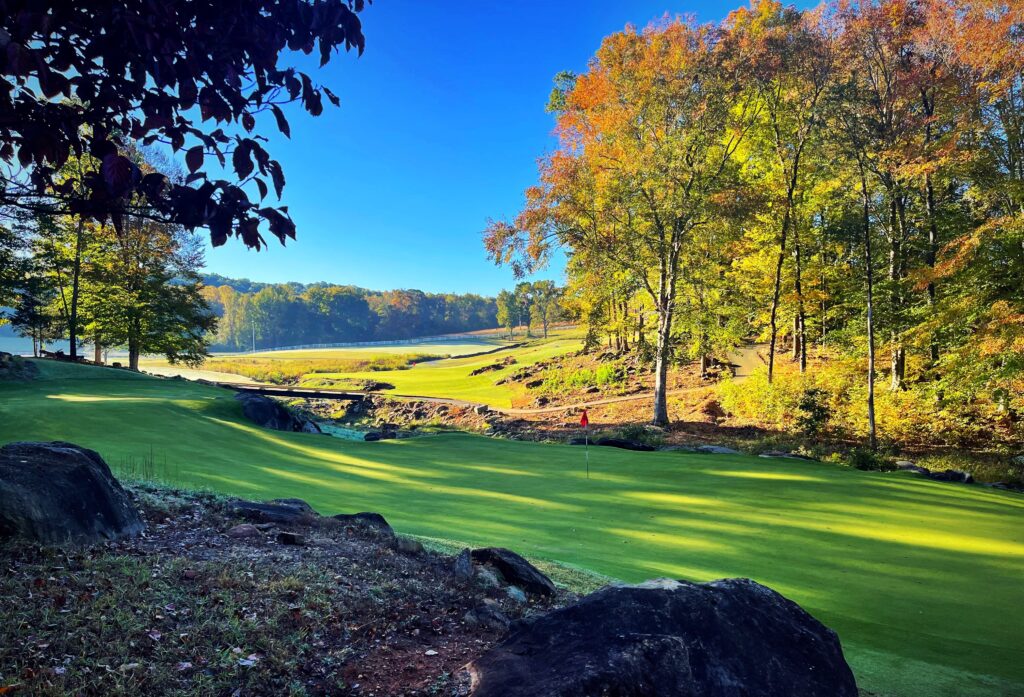
Sandhills Pours Double Dose
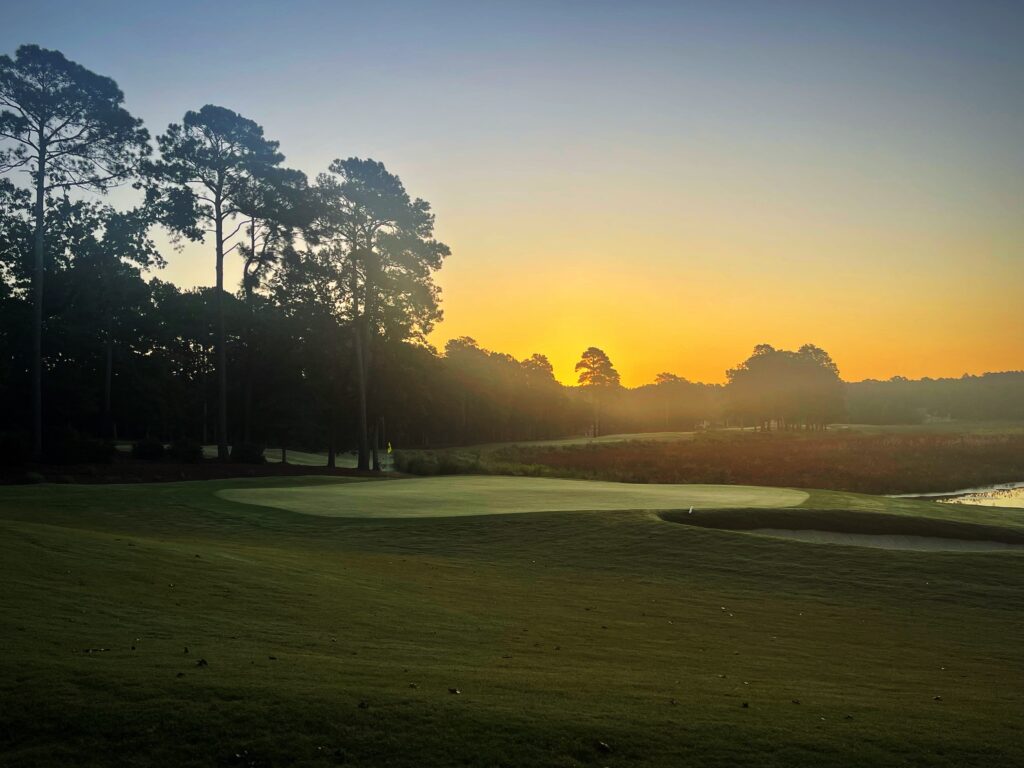
Rebirth at Woodlake

Pints in the Pines: A Guide to the Breweries of the Sandhills

Count to Ten
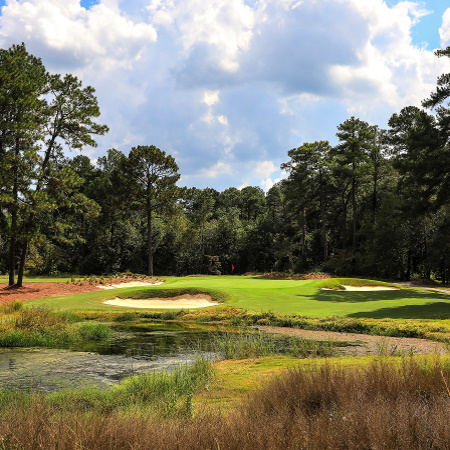
Architect’s Mosaic
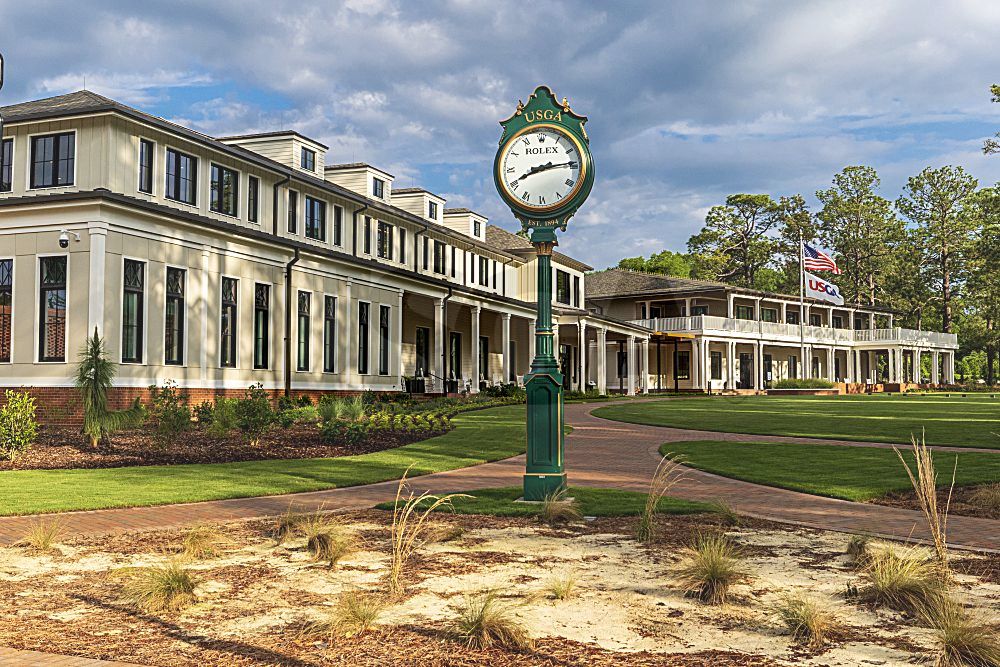
USGA Officially Opens Golf House Pinehurst
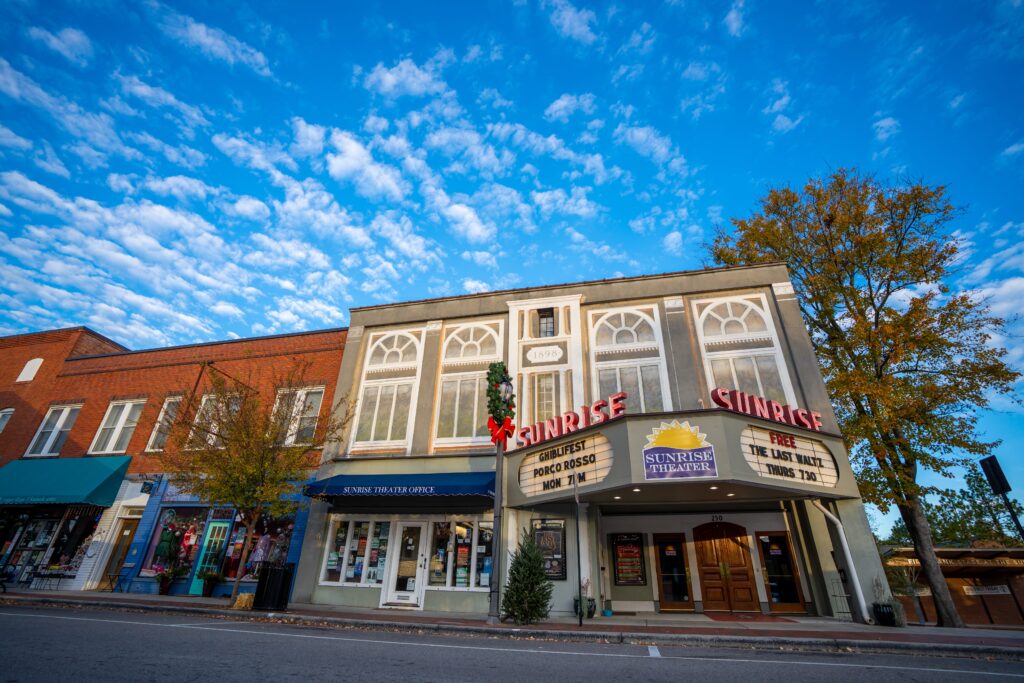
No Putter, No Problem

Meet the Makers

The Eve of the Open
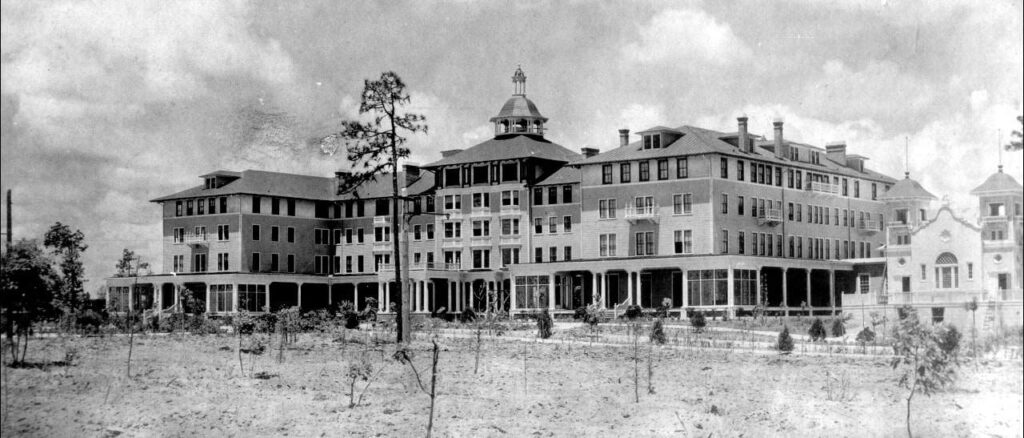
The Coincidental Resort

The Shot
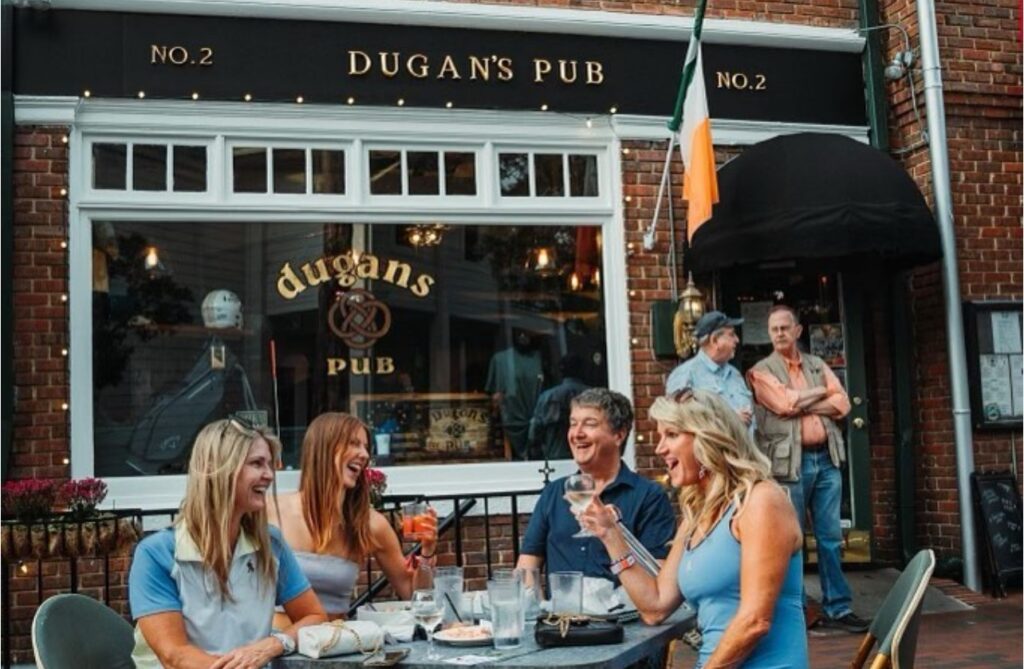
Village People

Pinehurst Area Basks in U.S. Open Glow
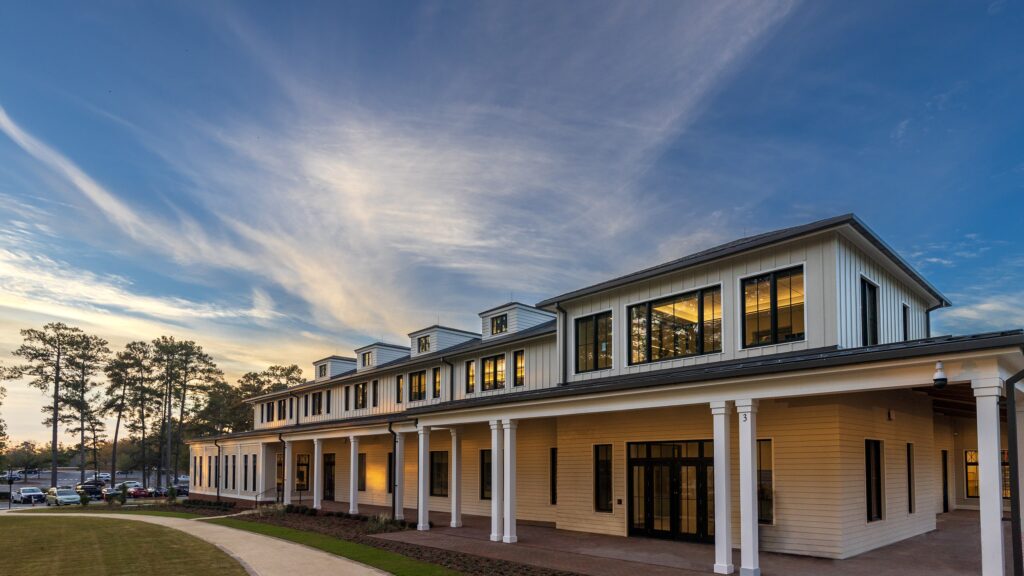
World Golf Hall of Fame

